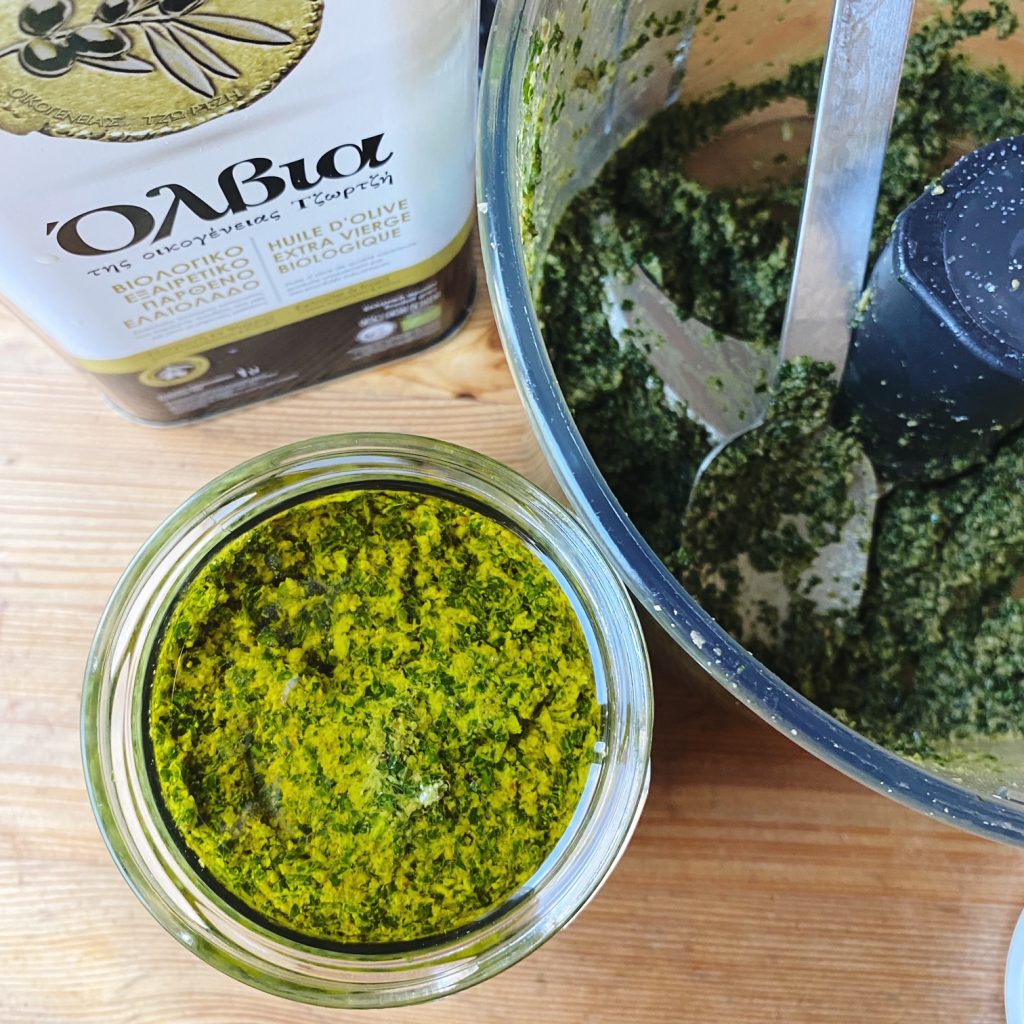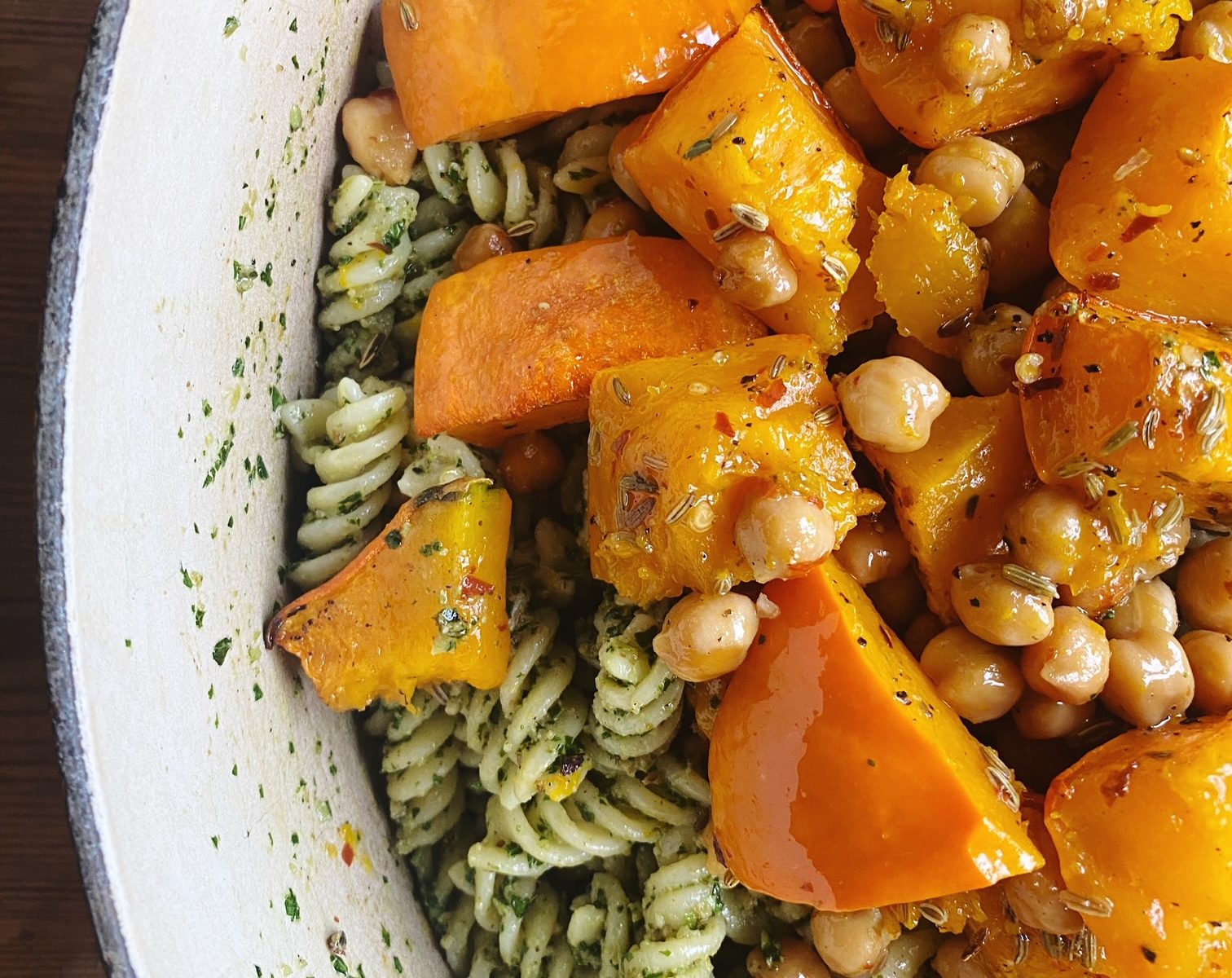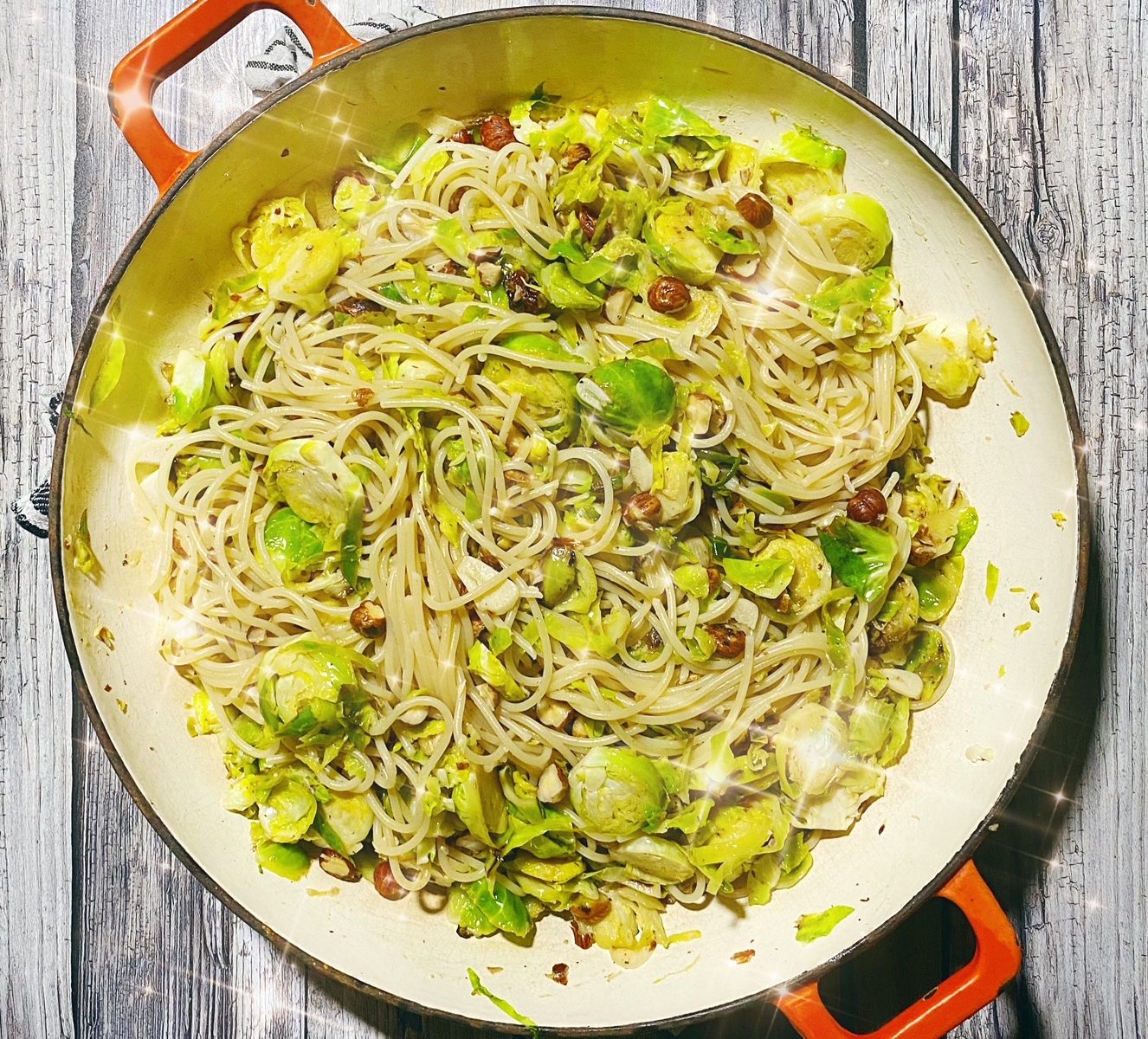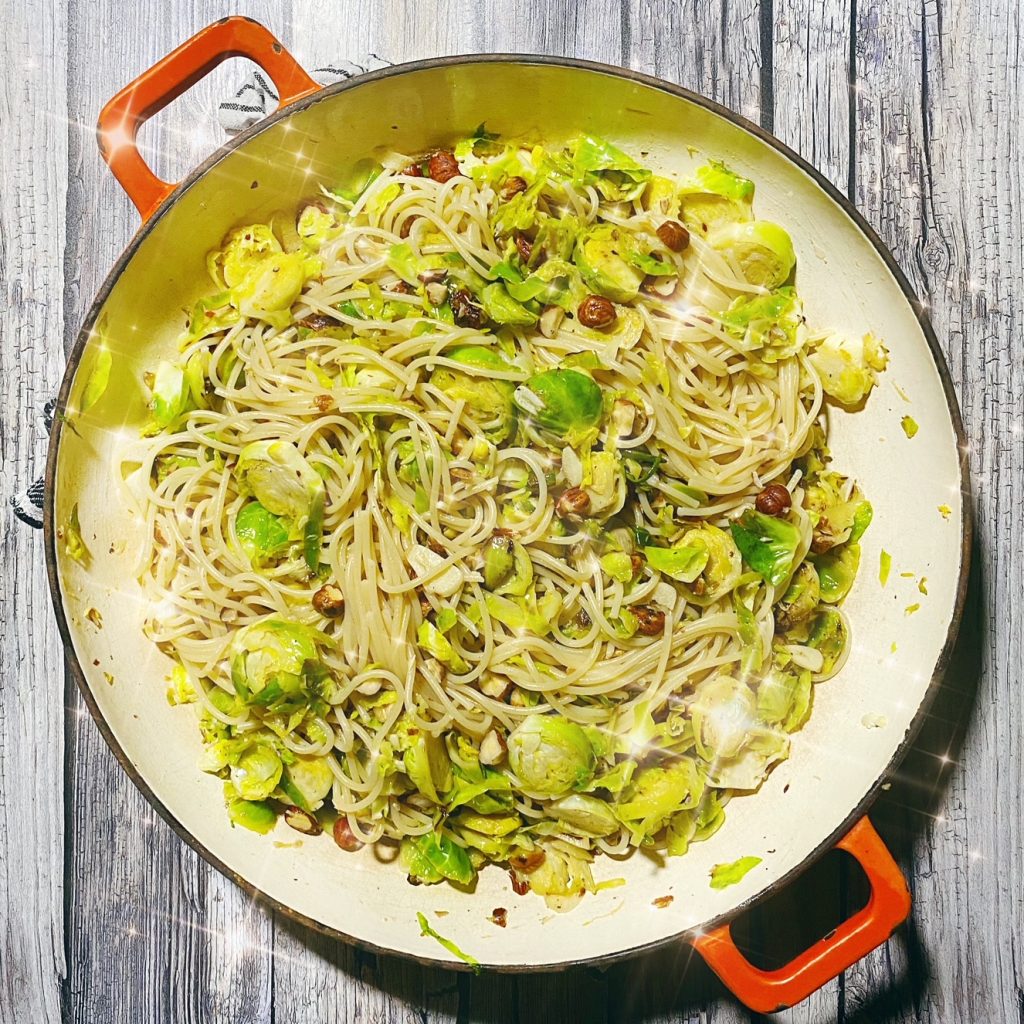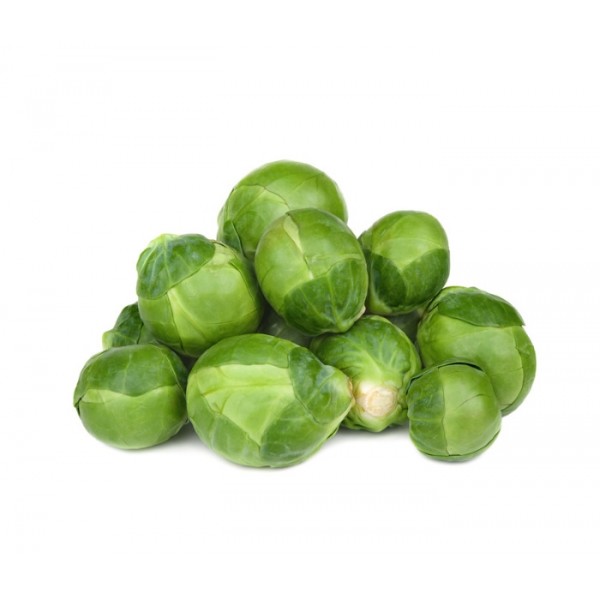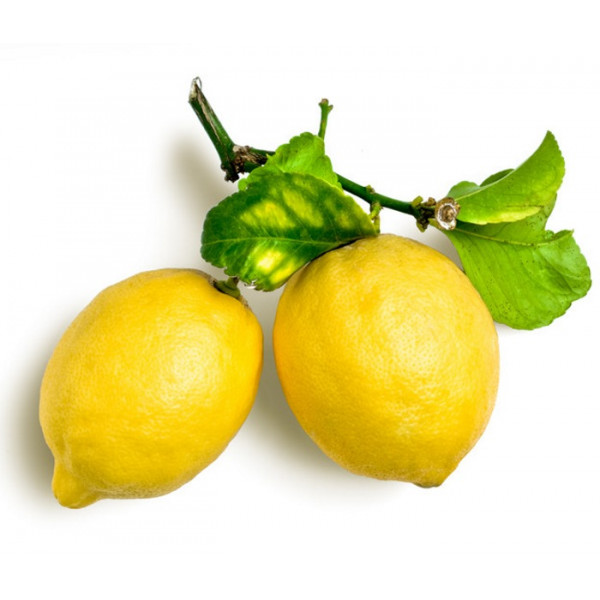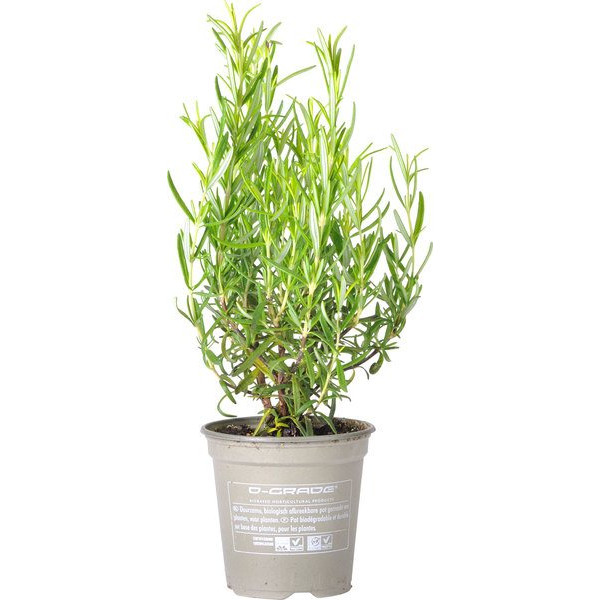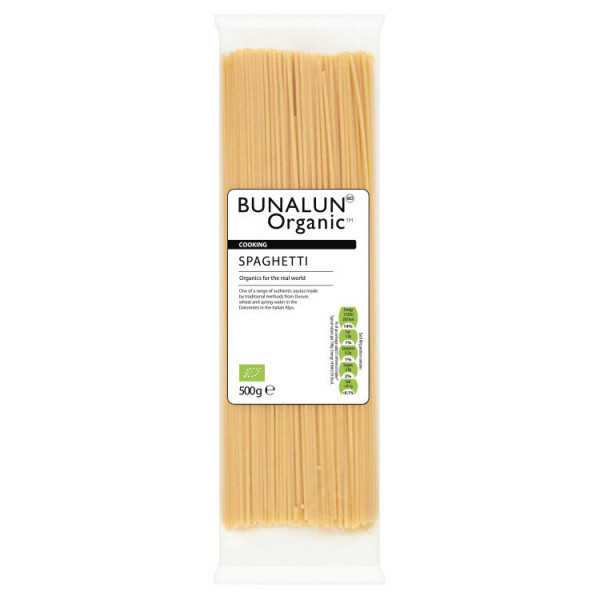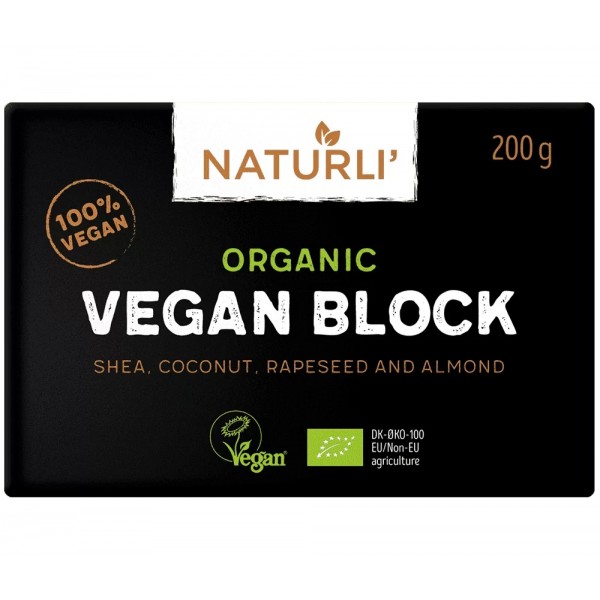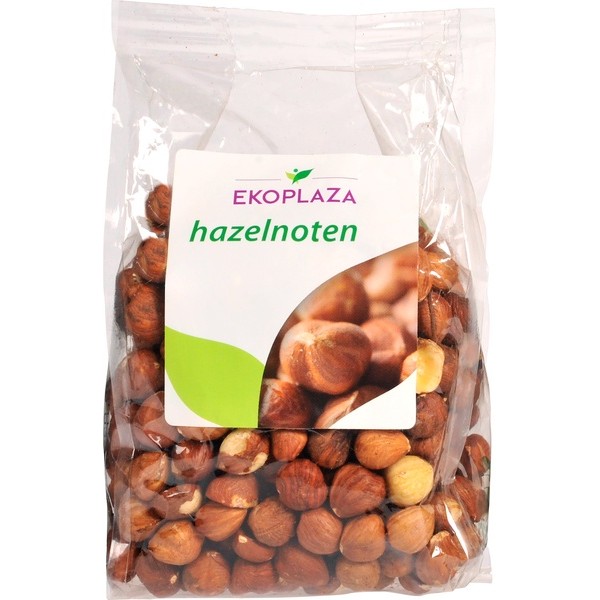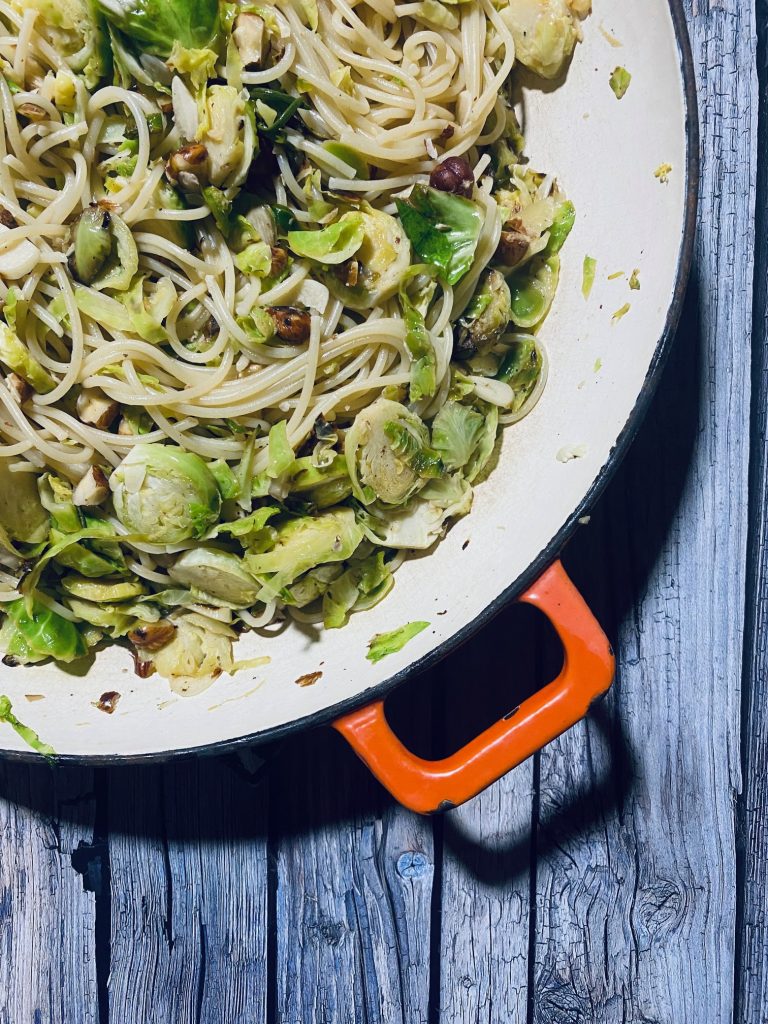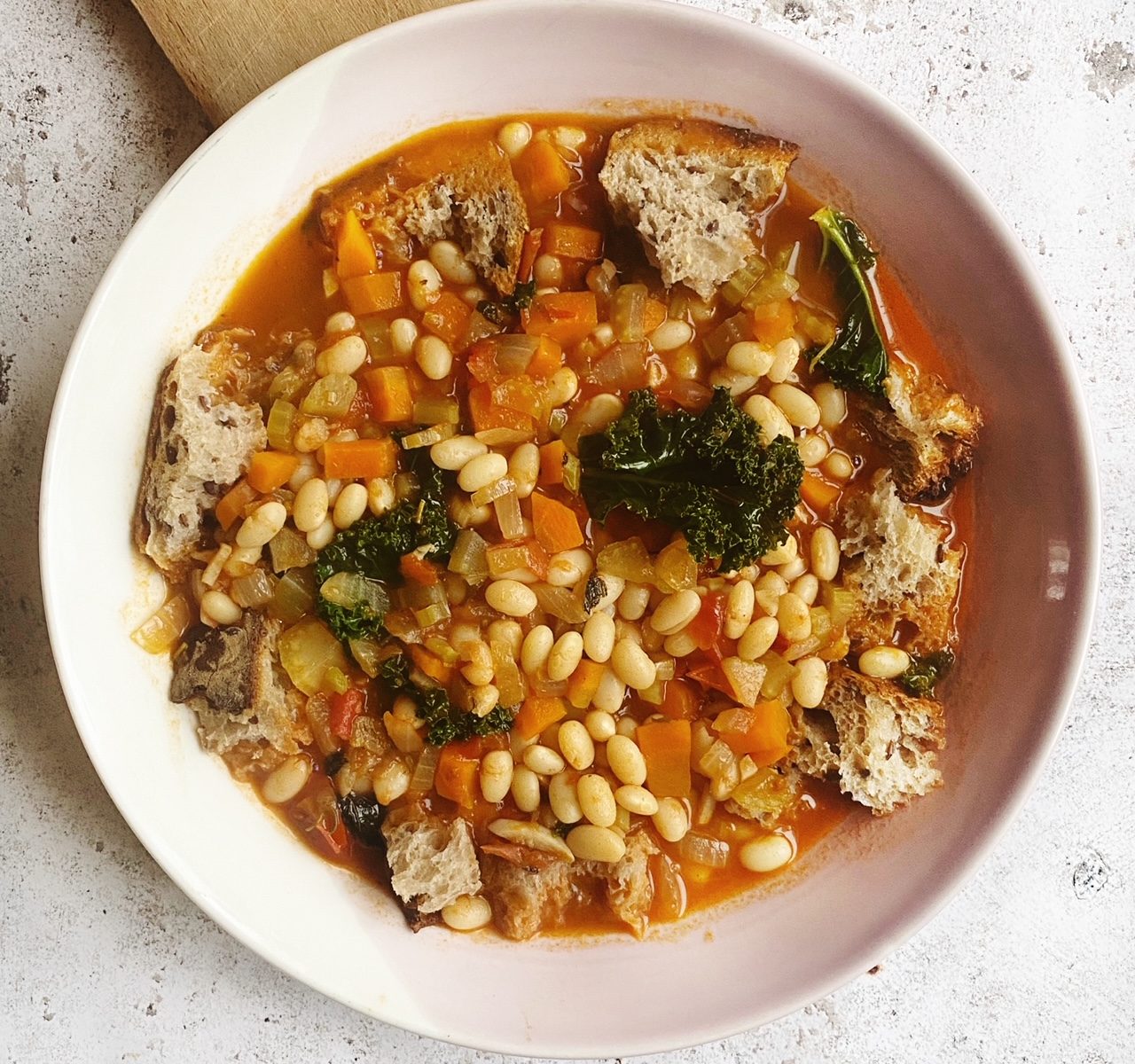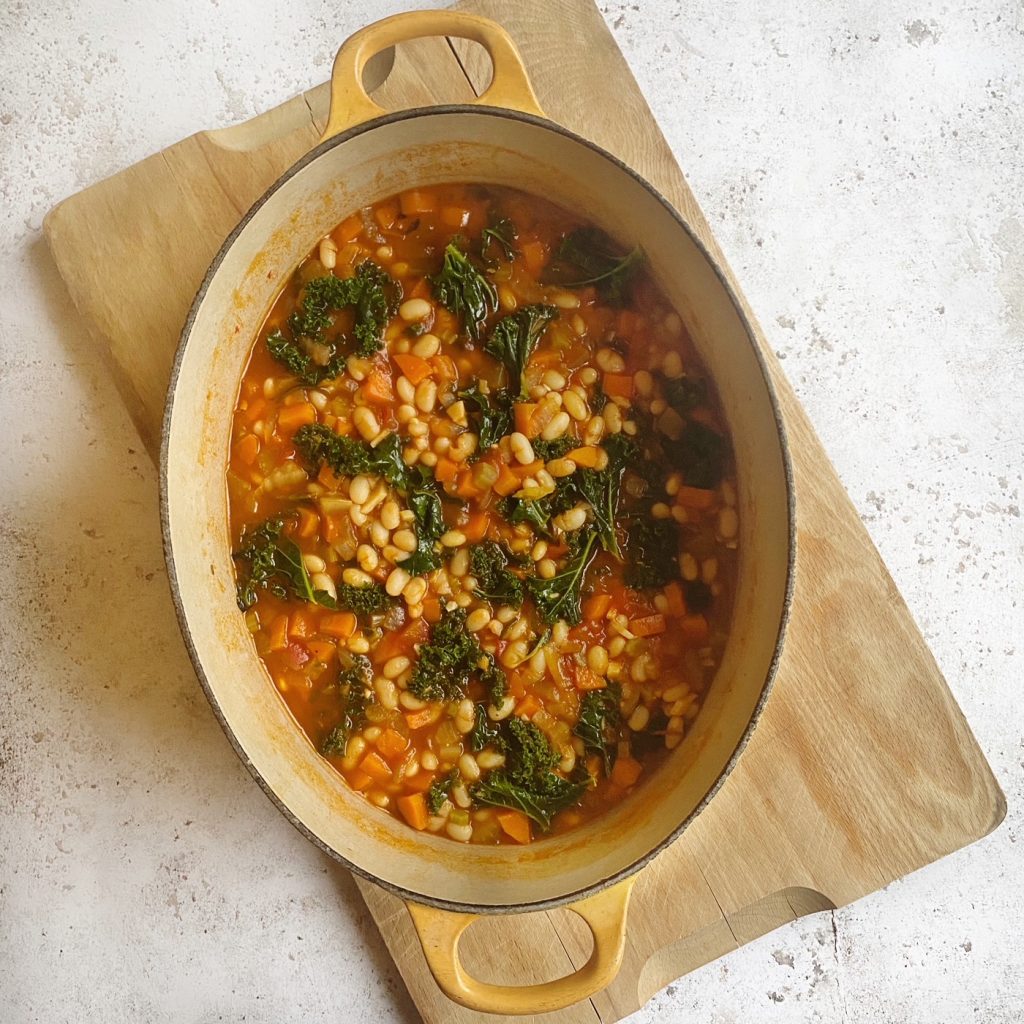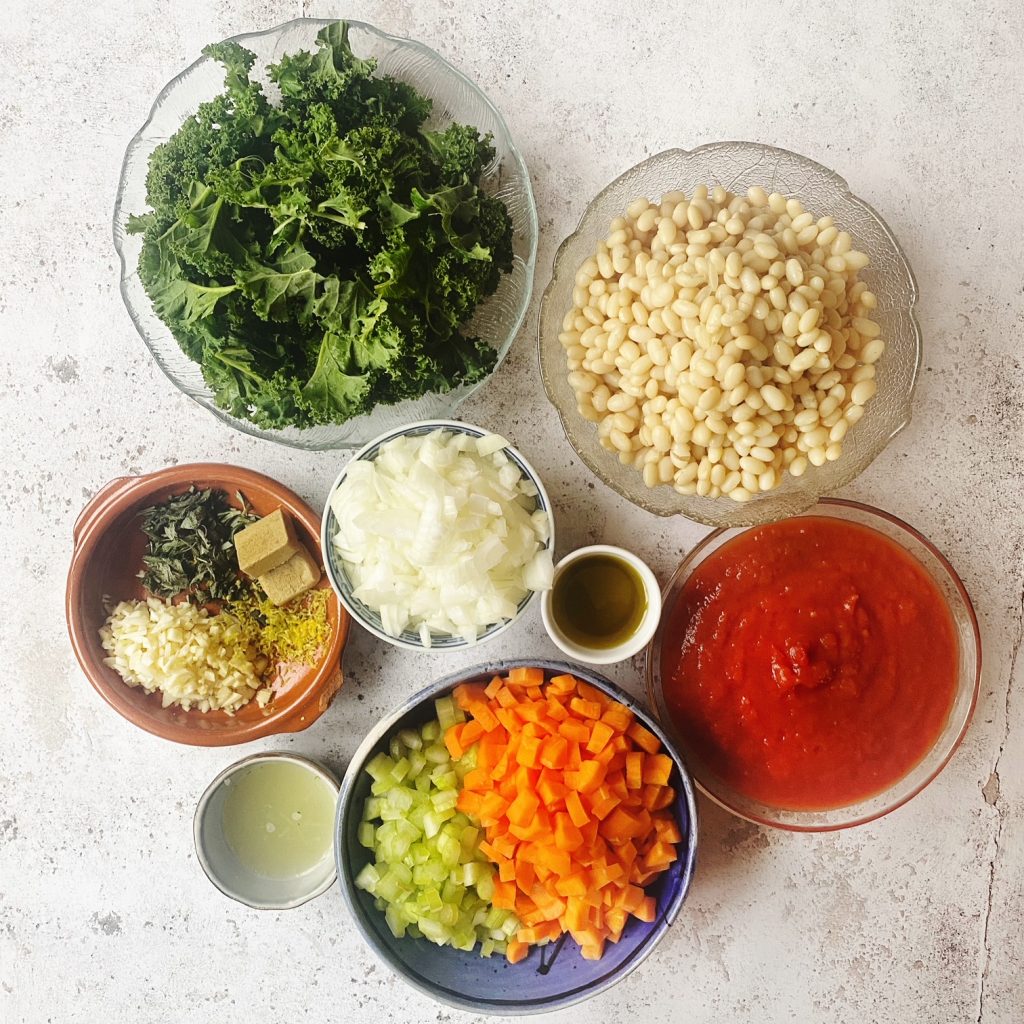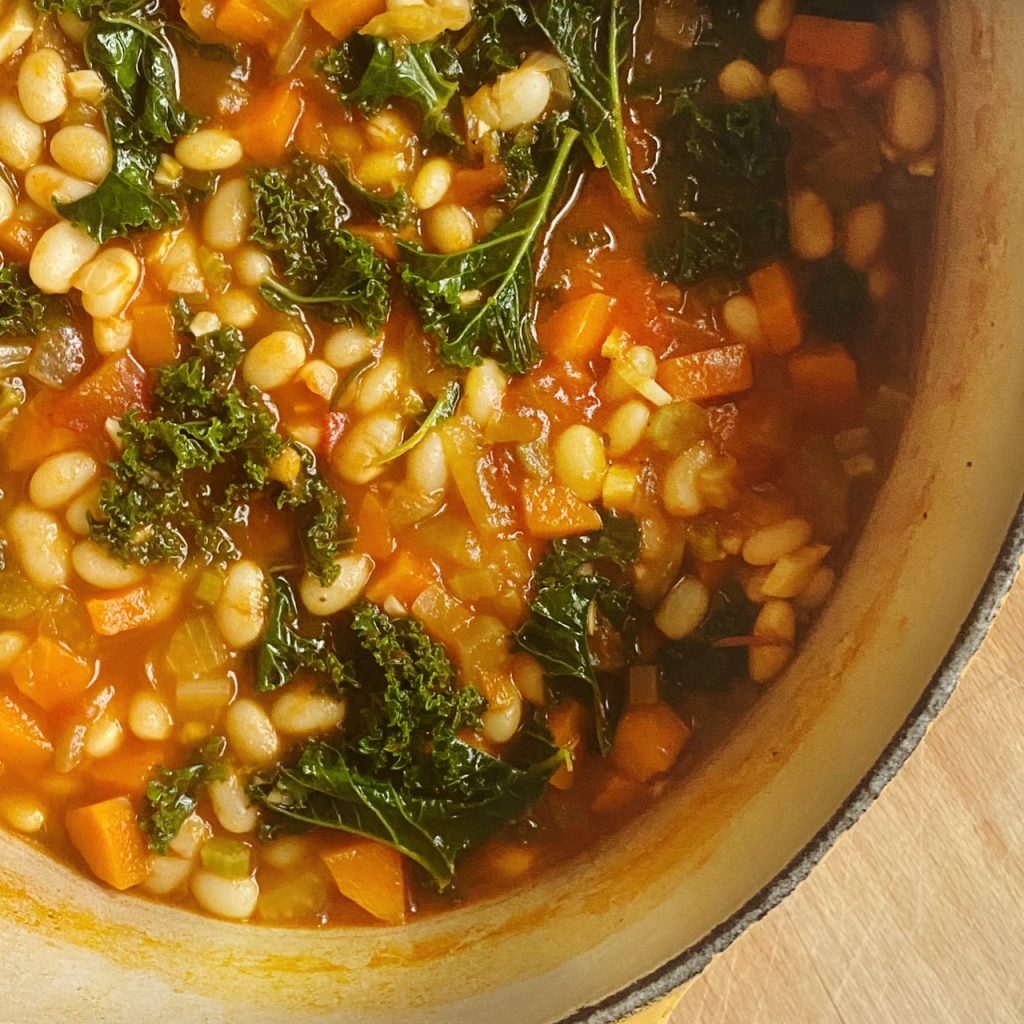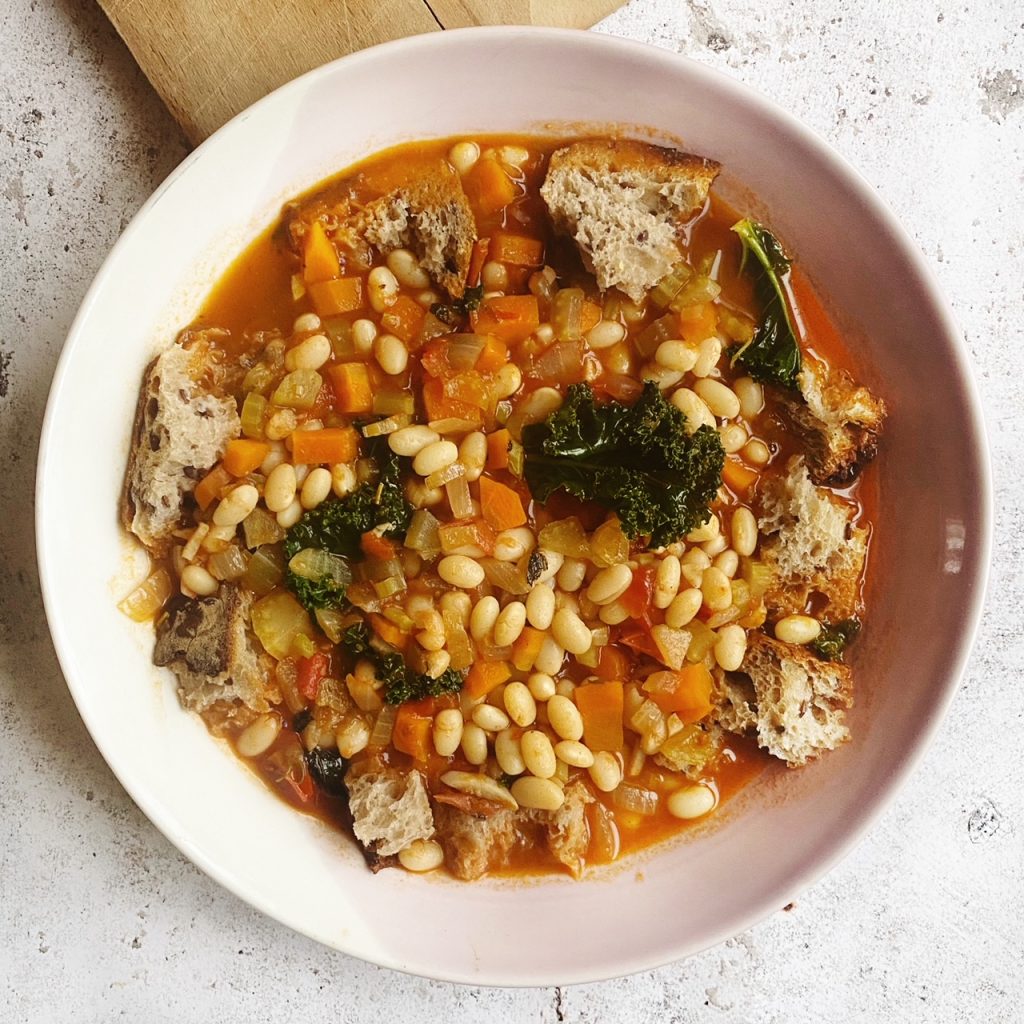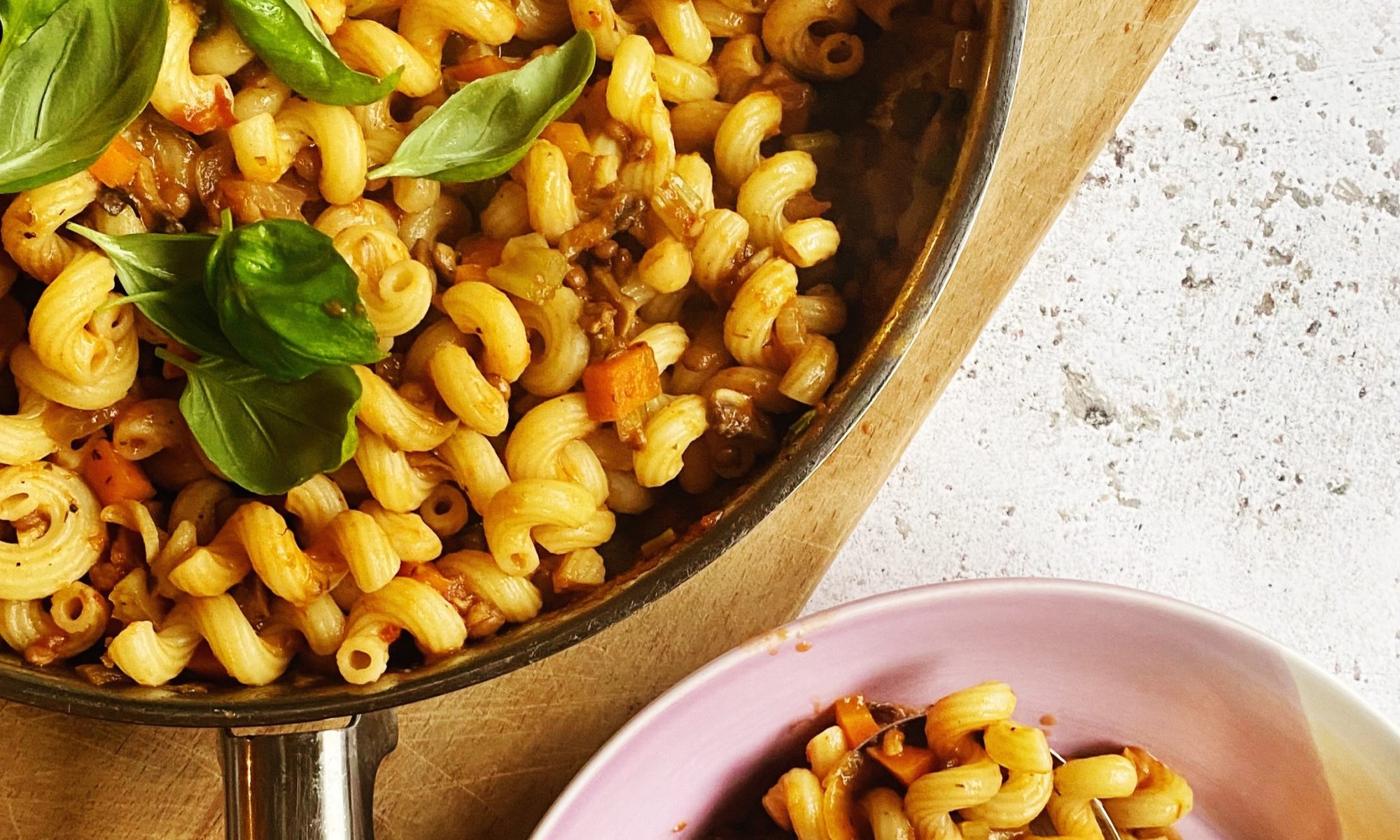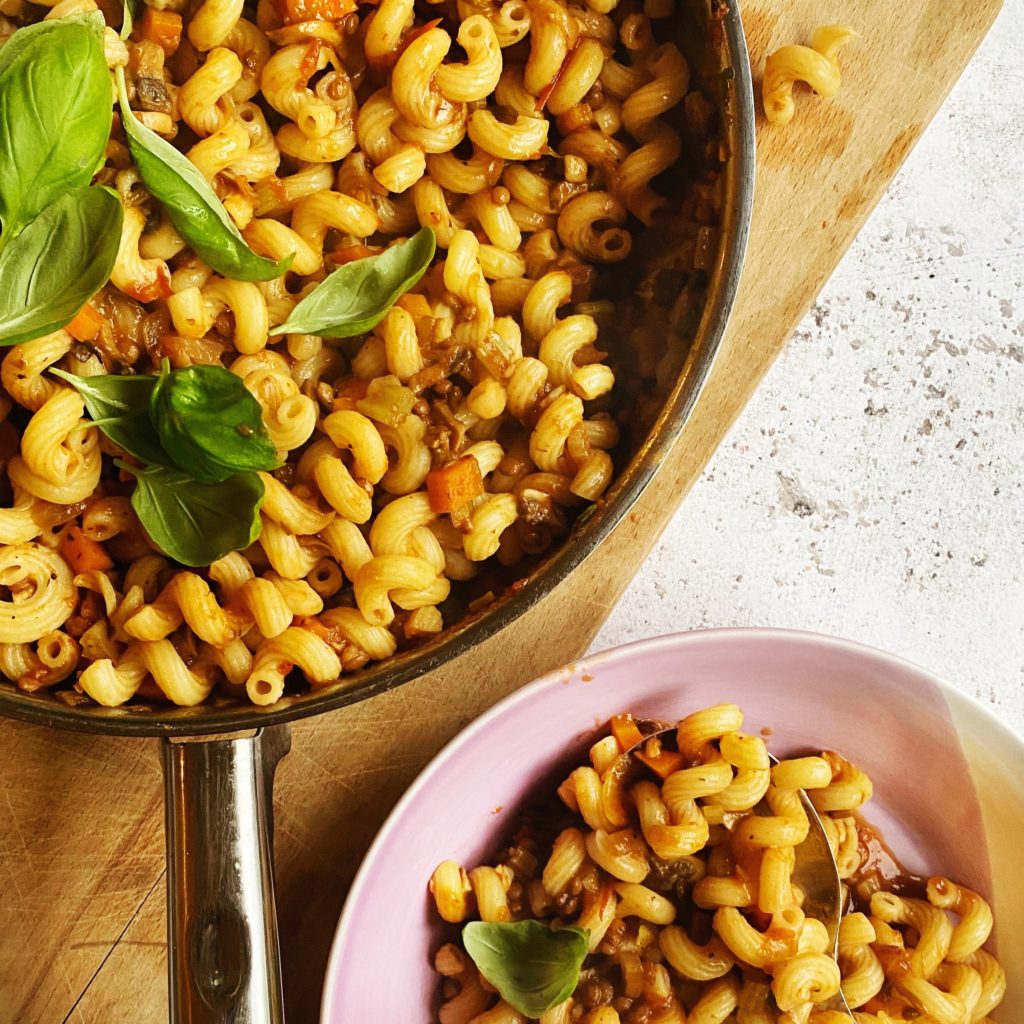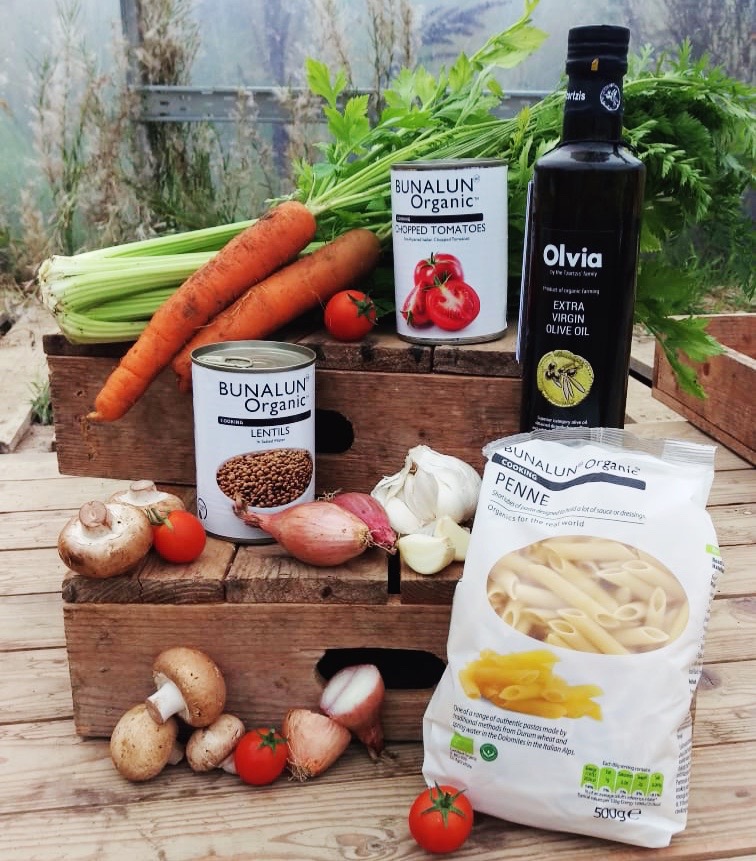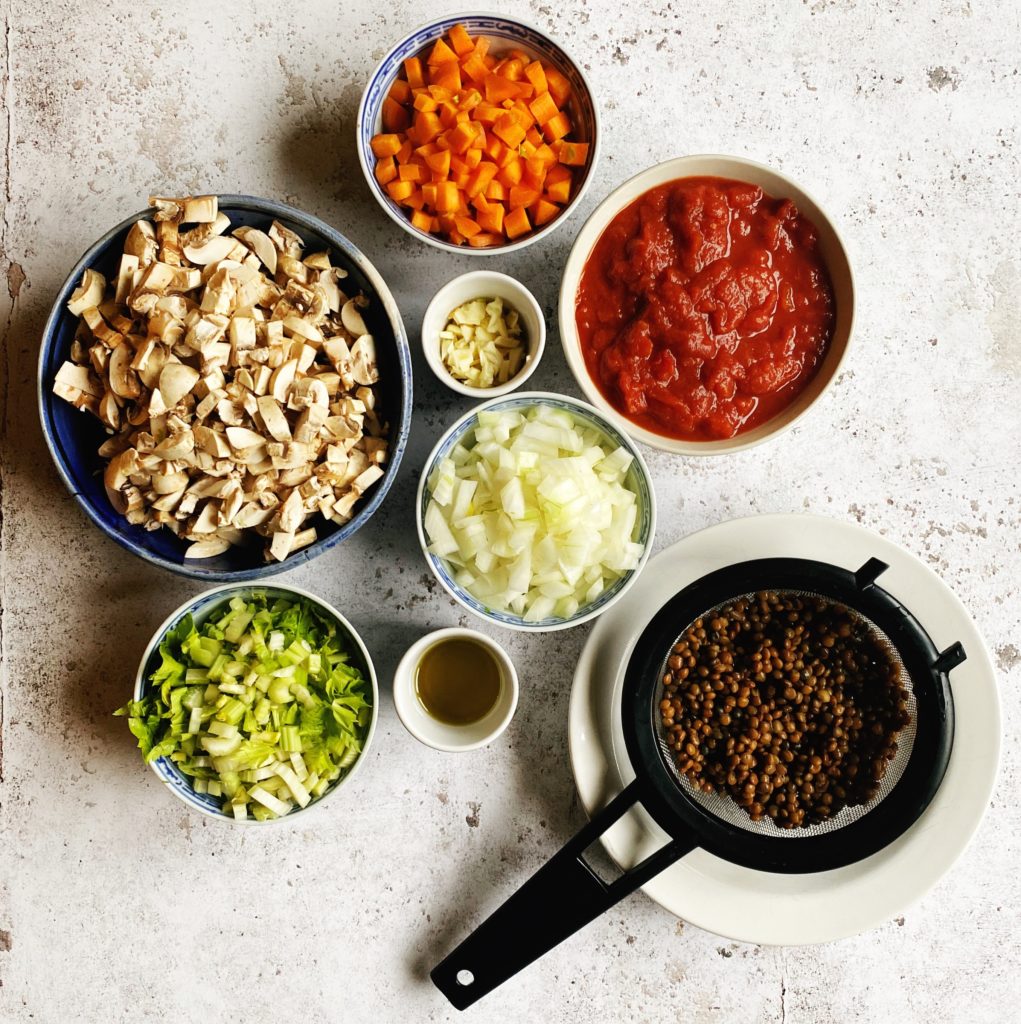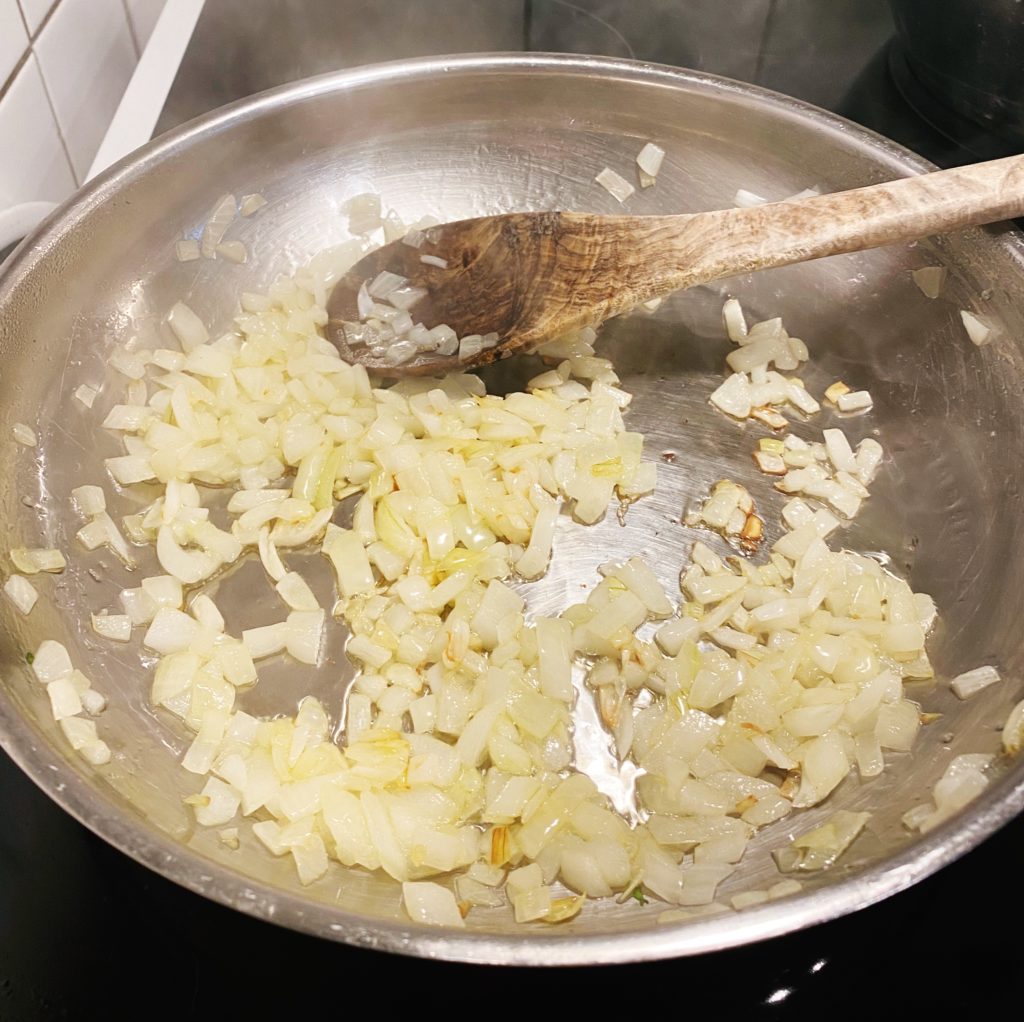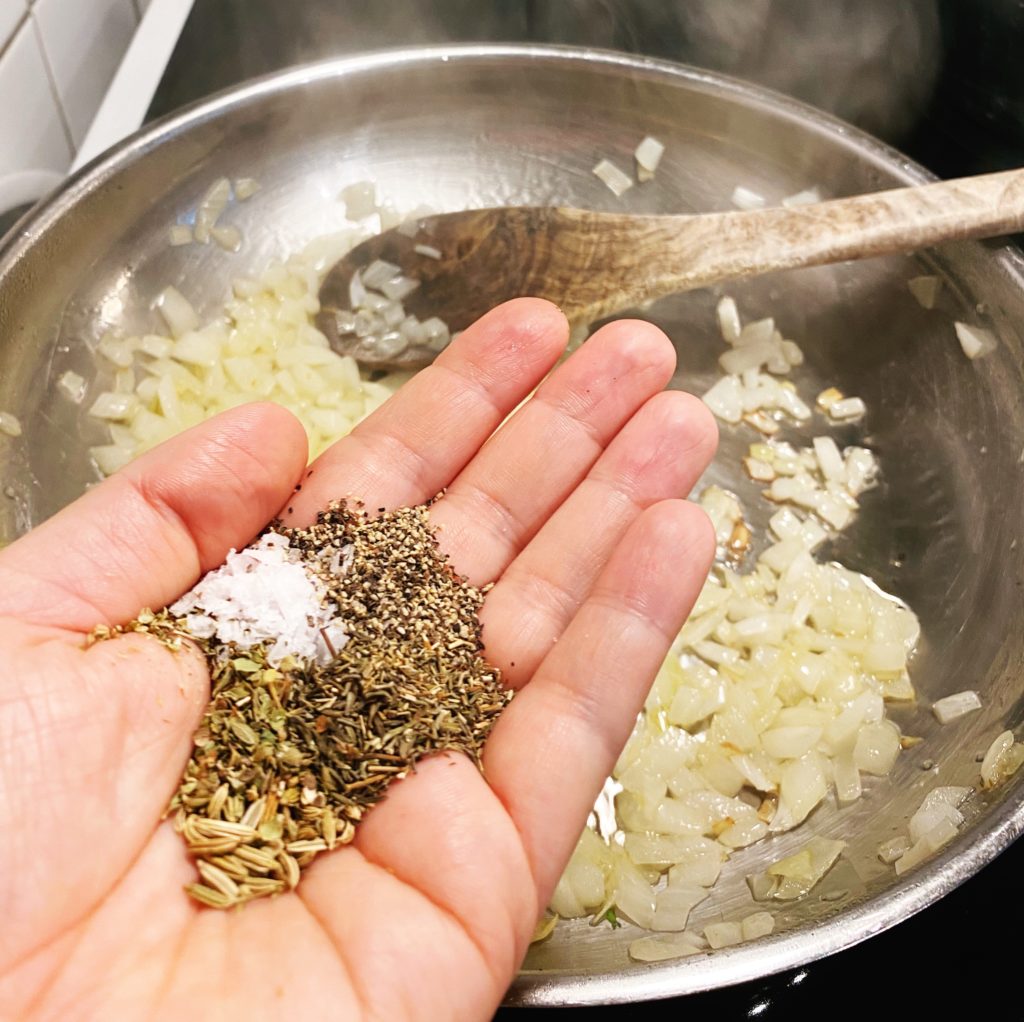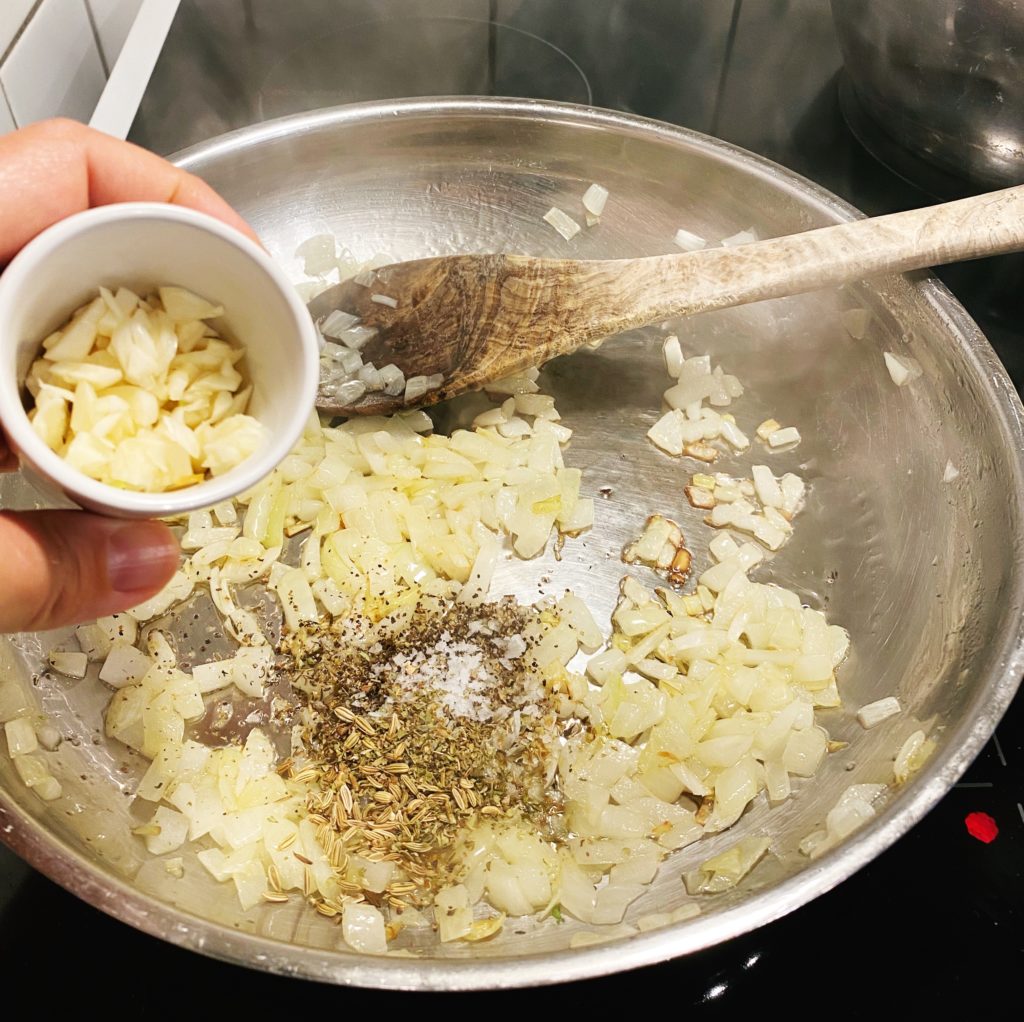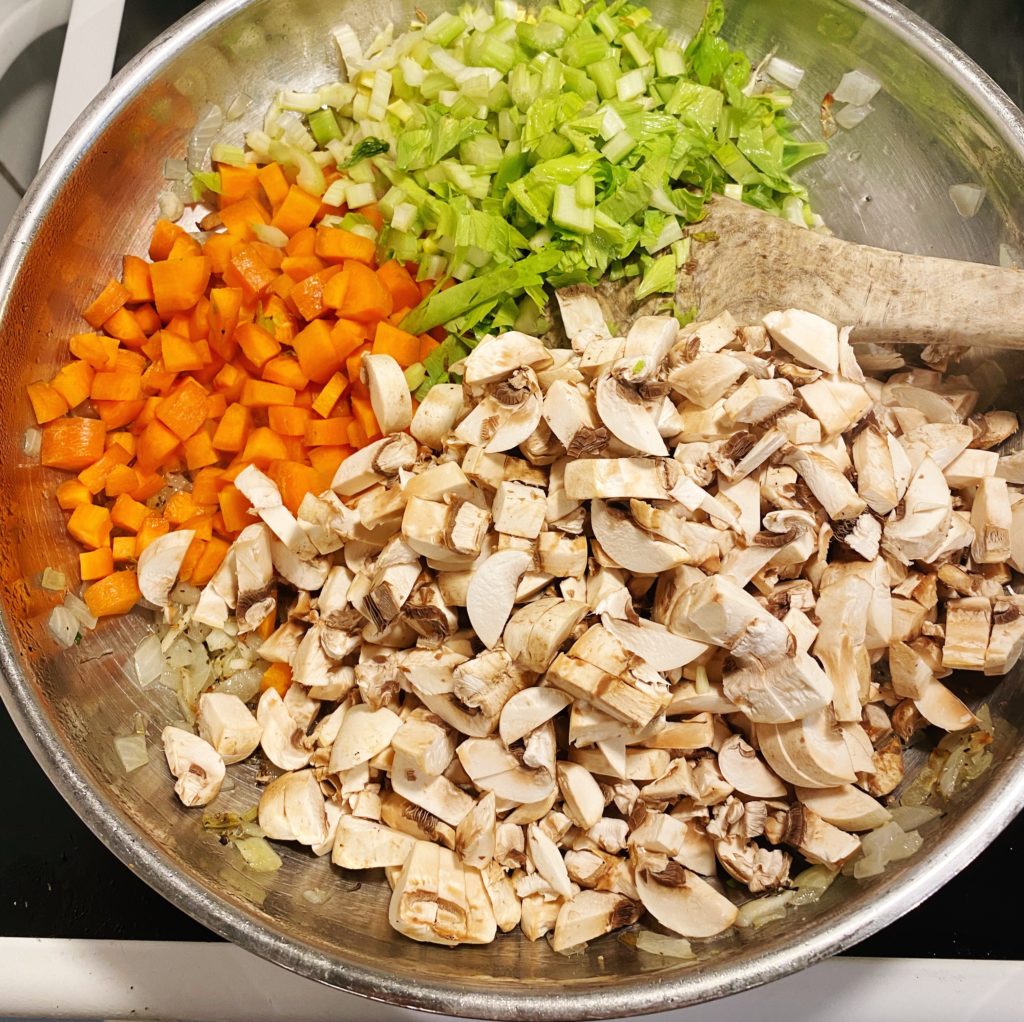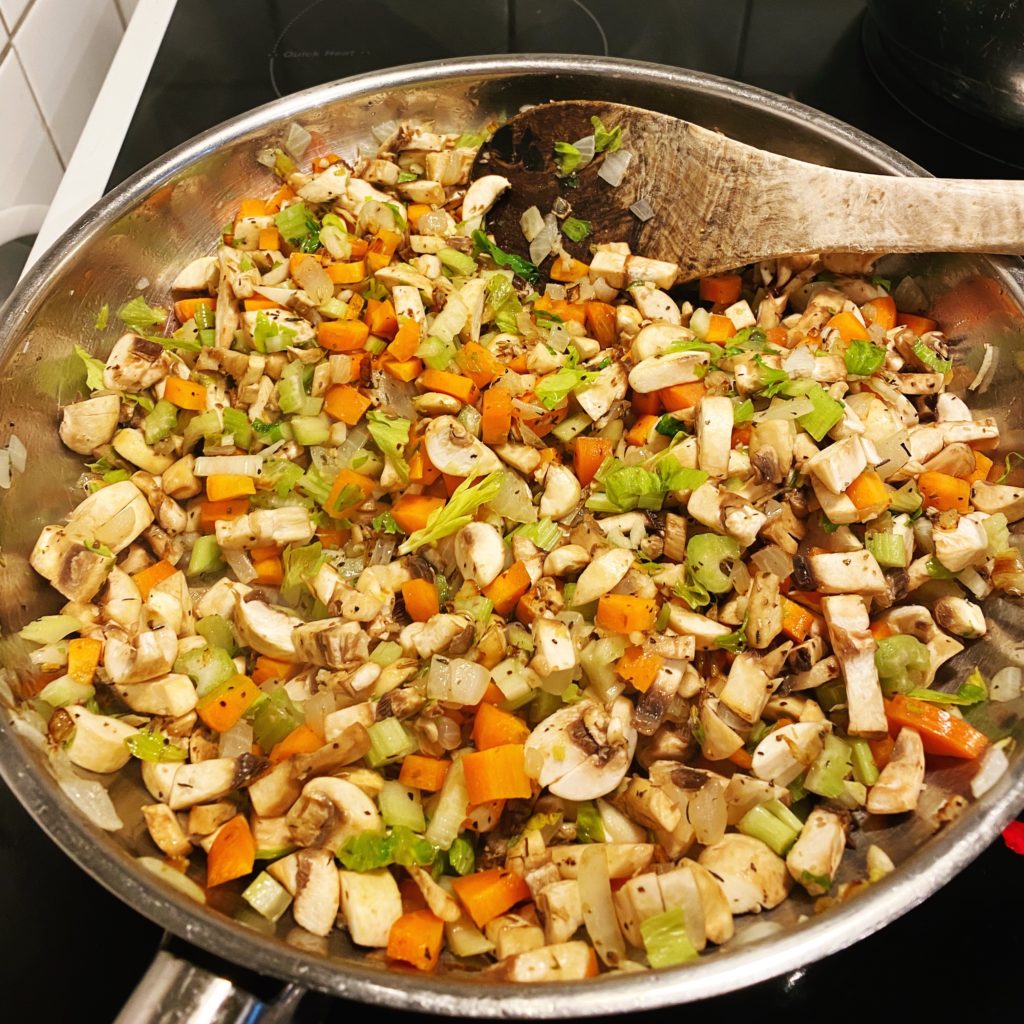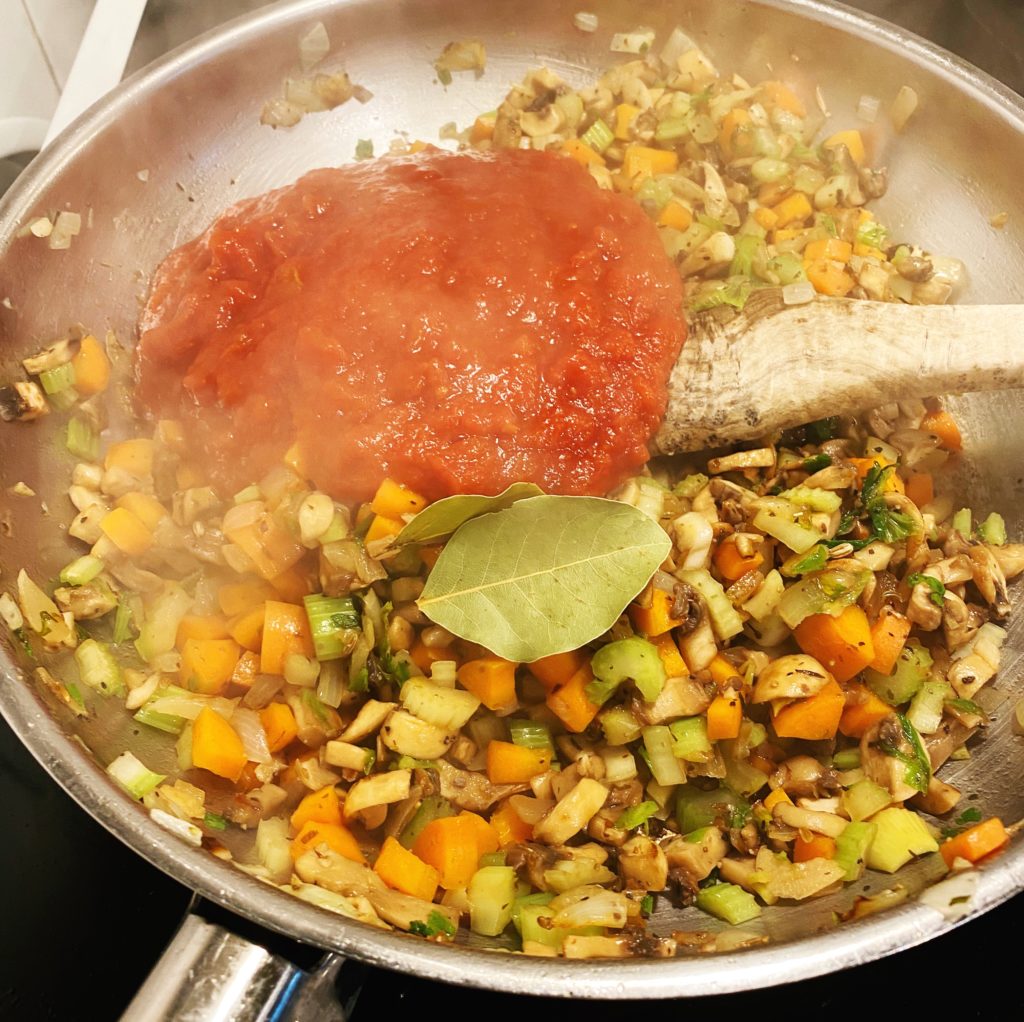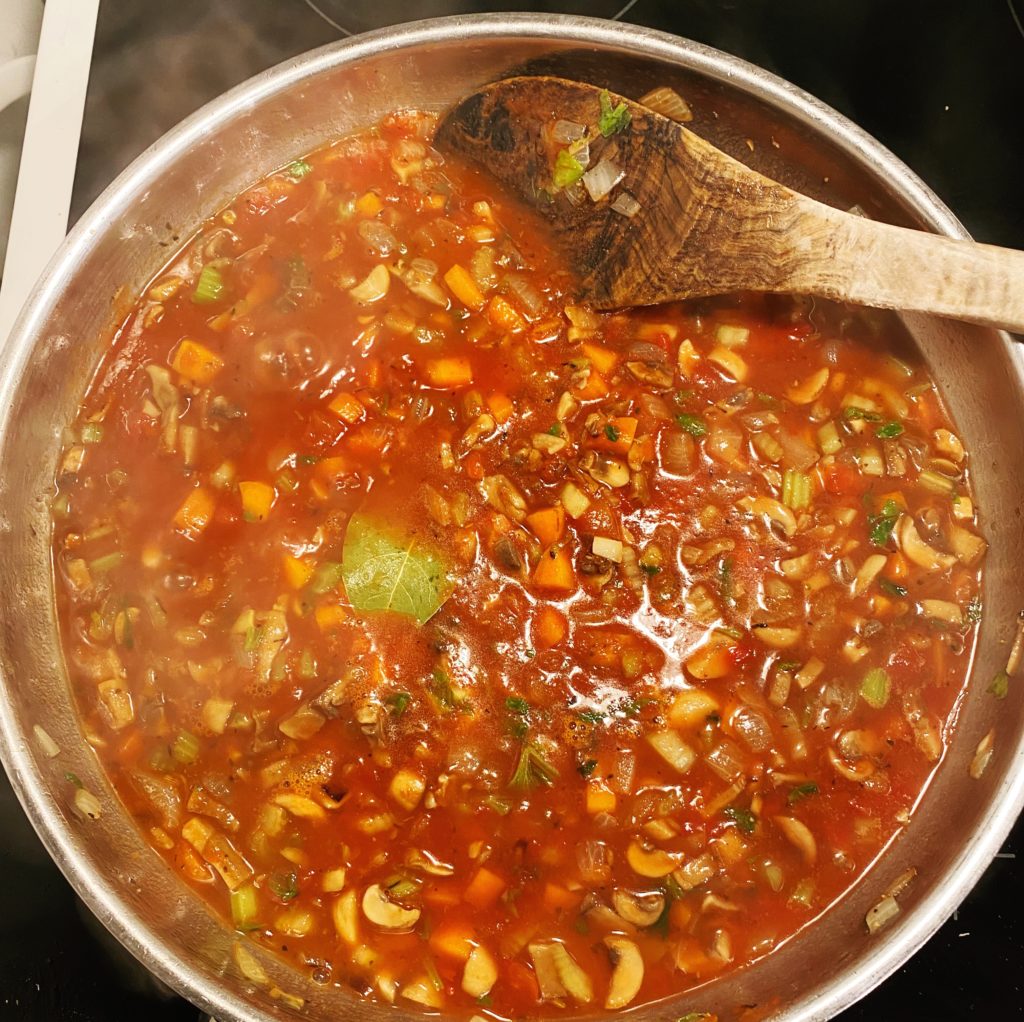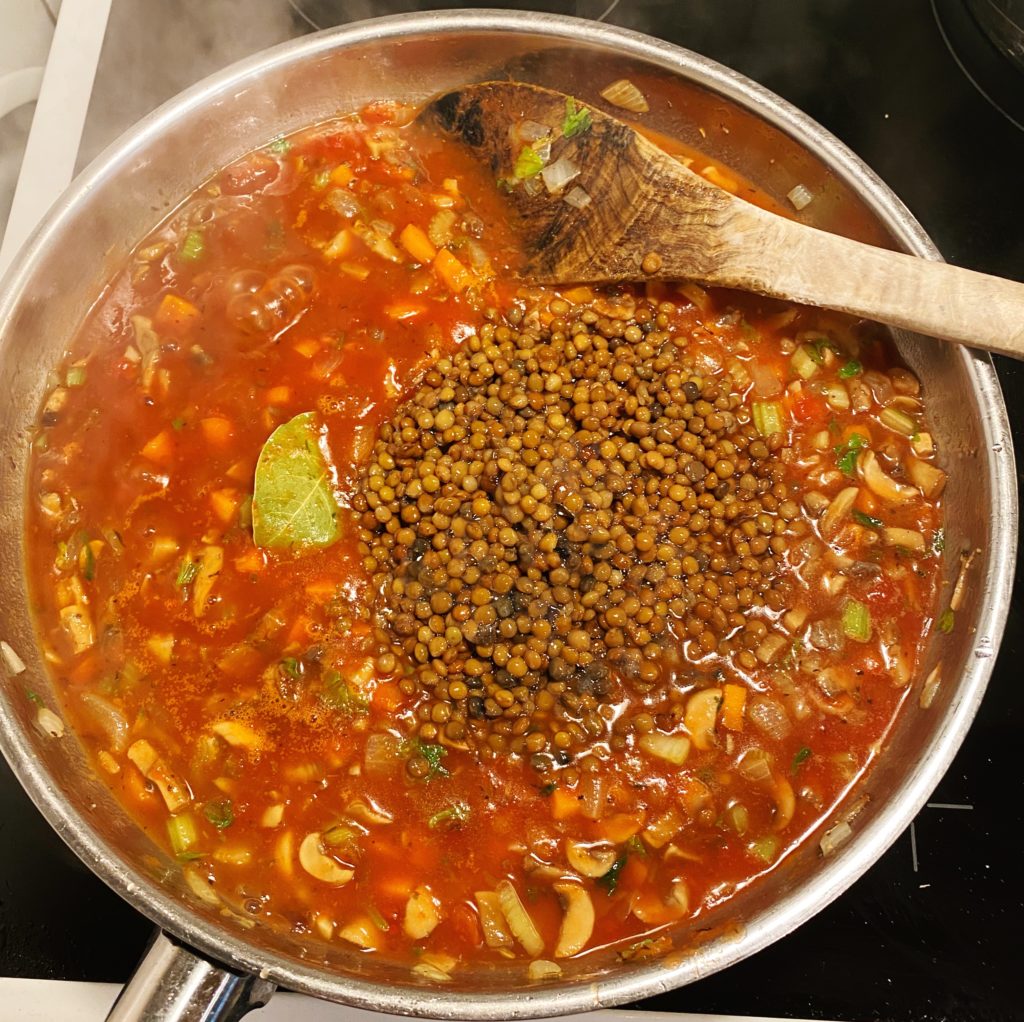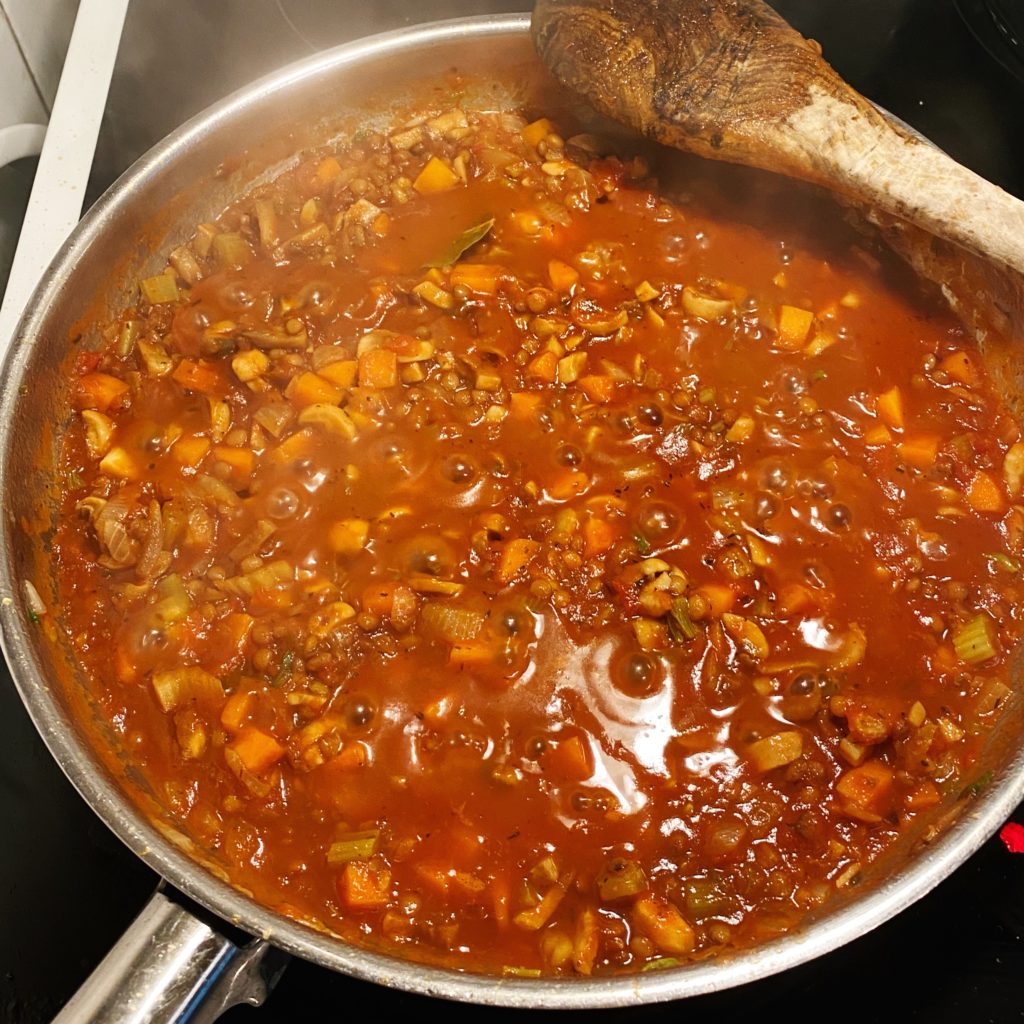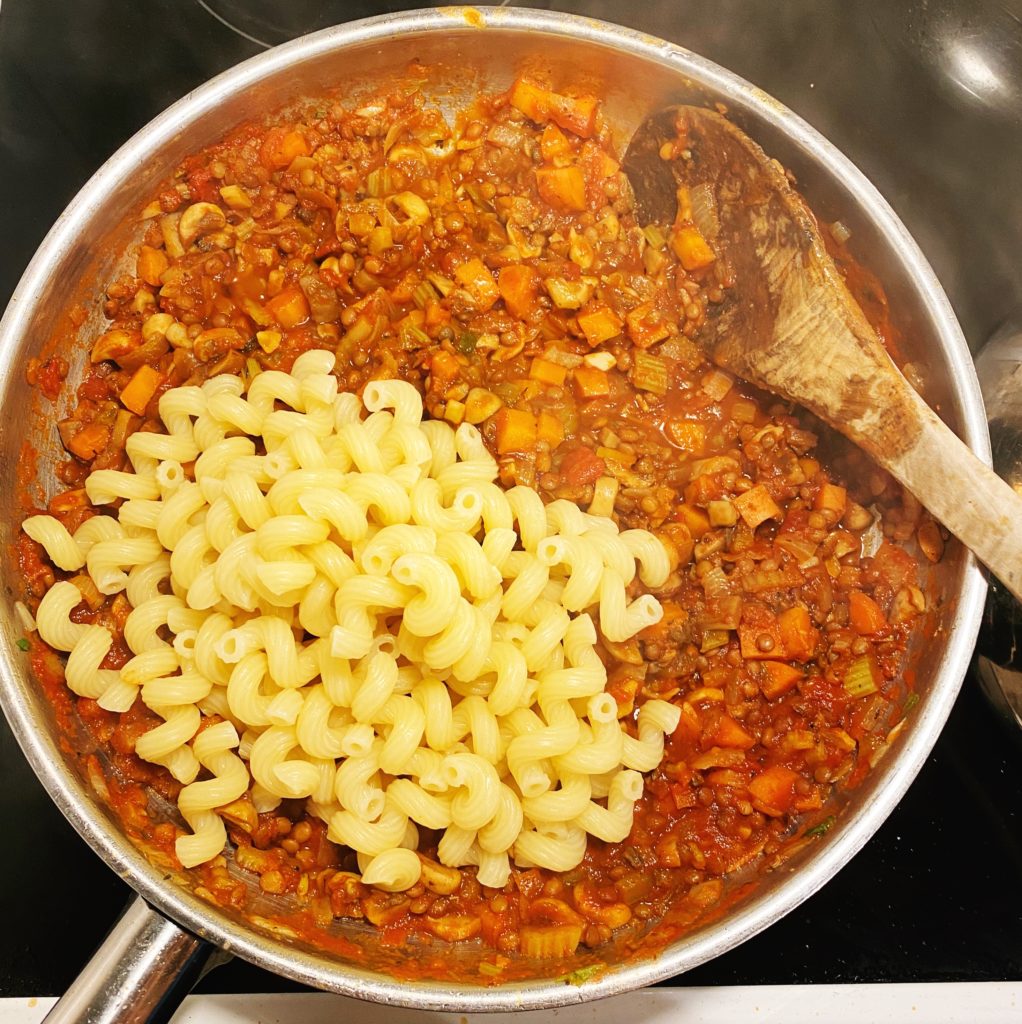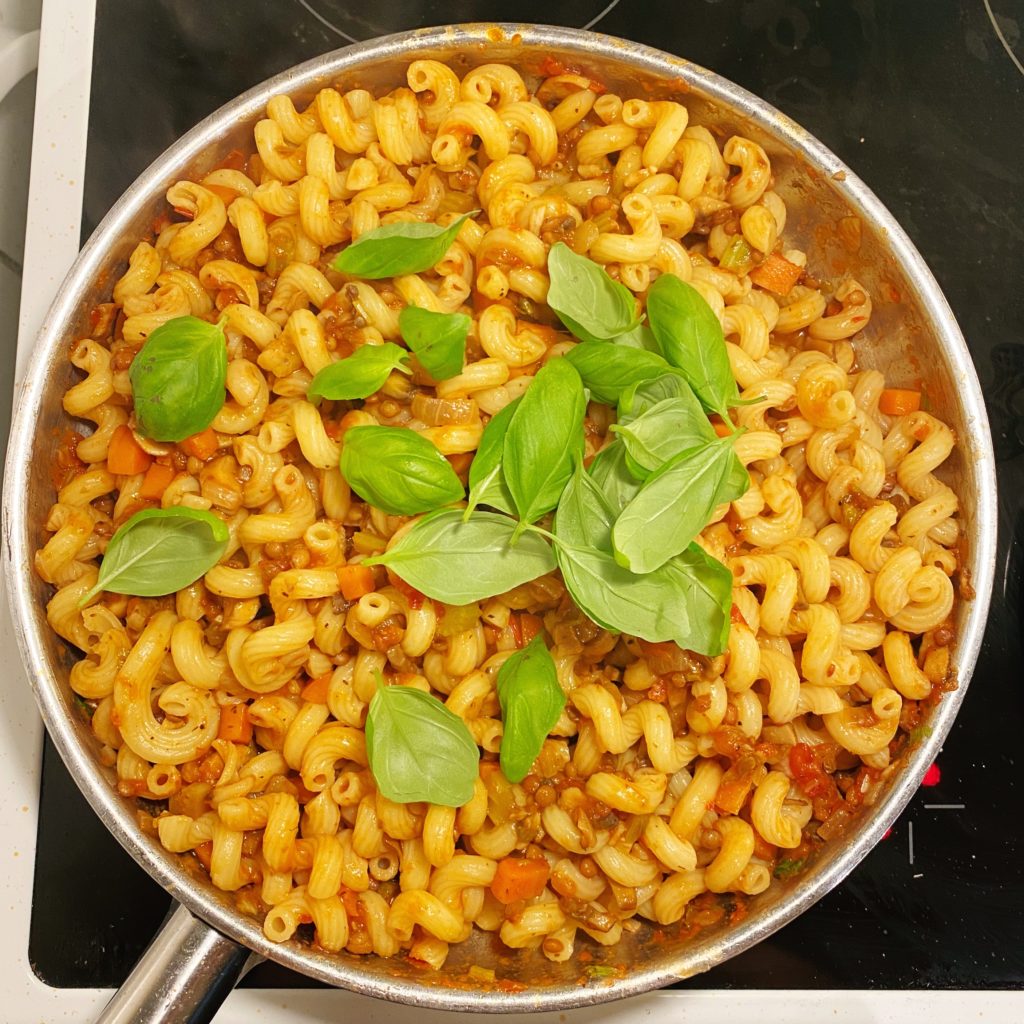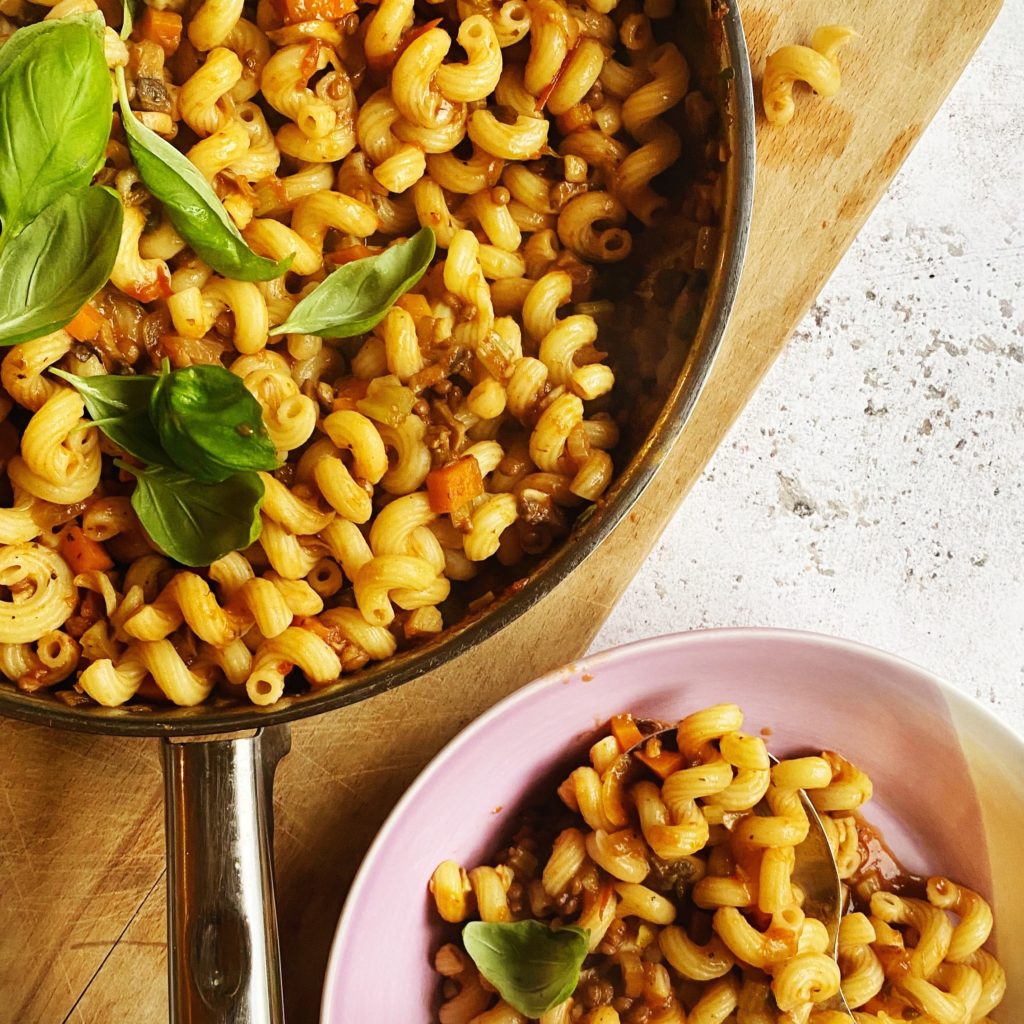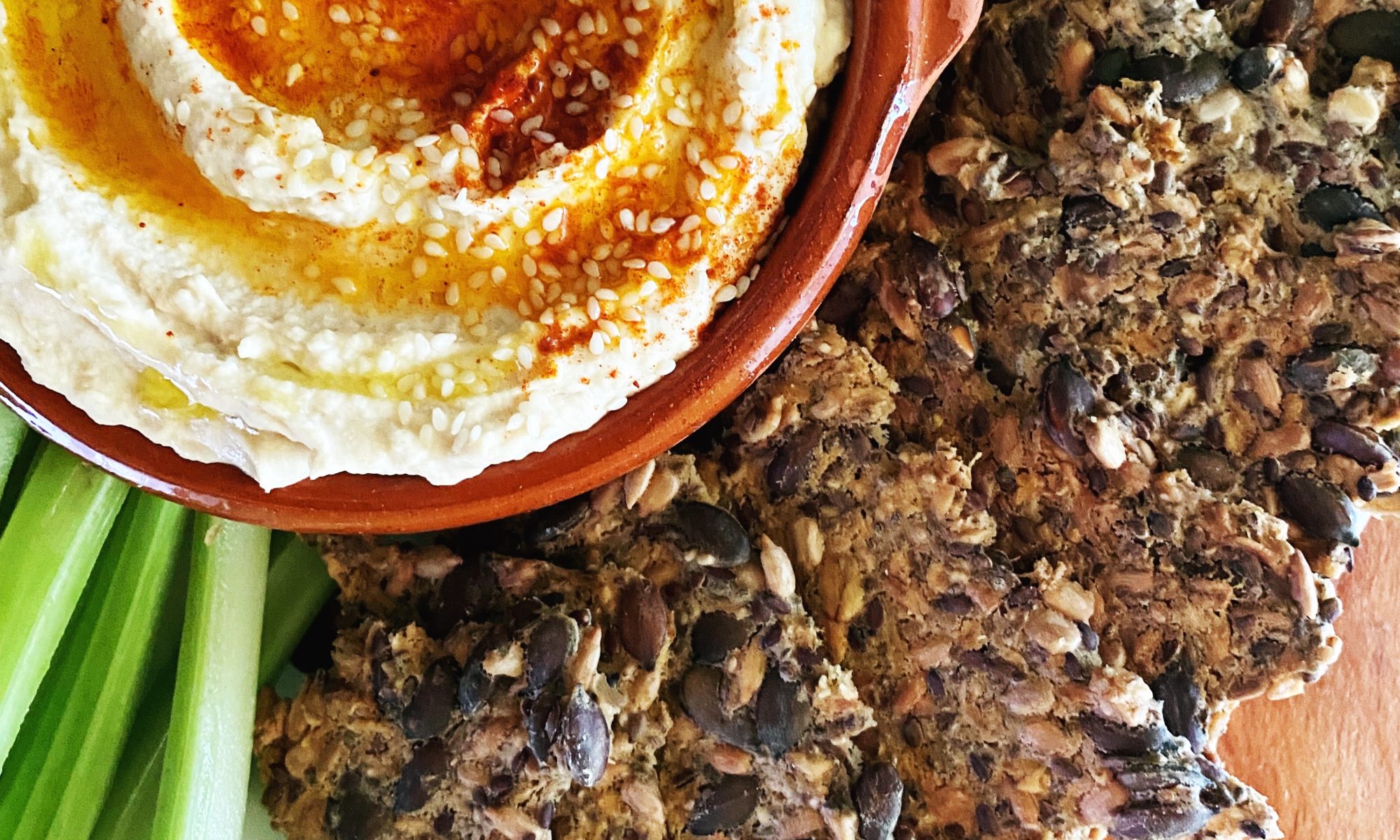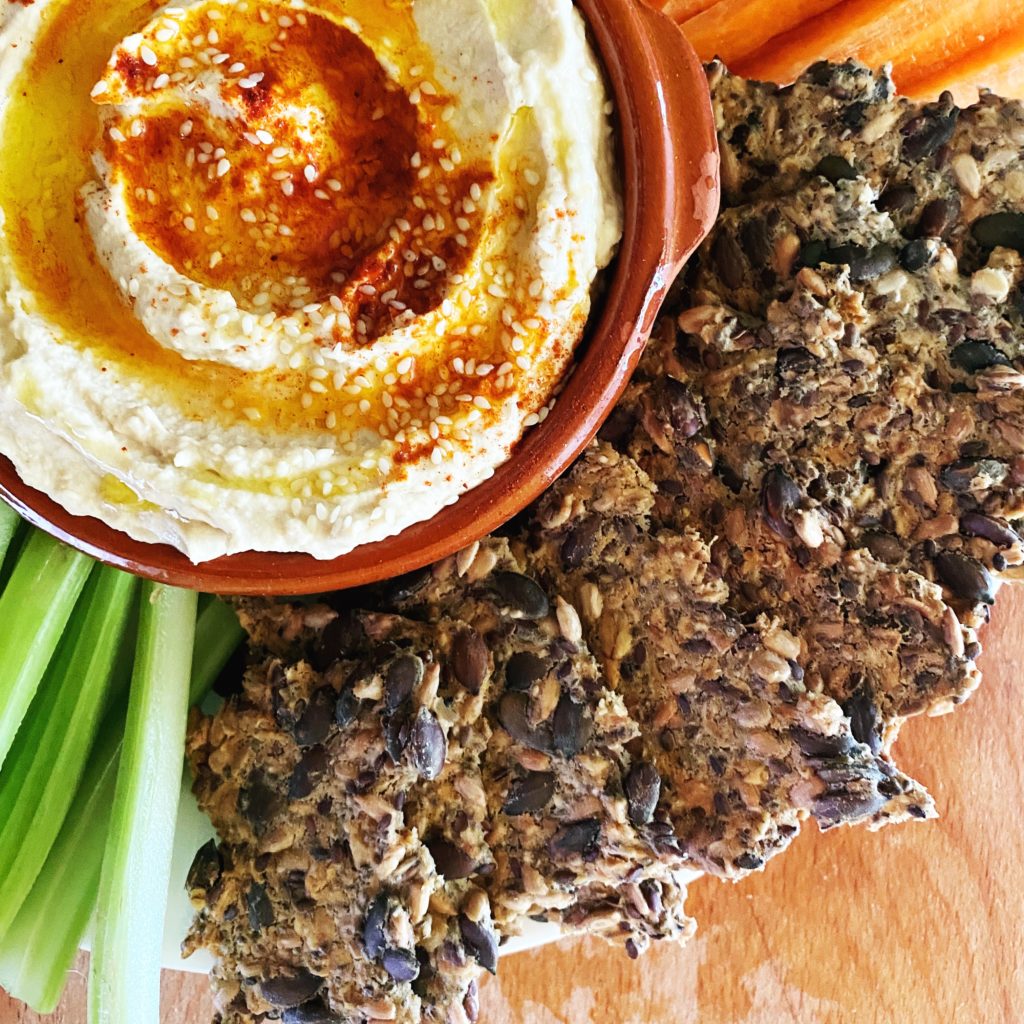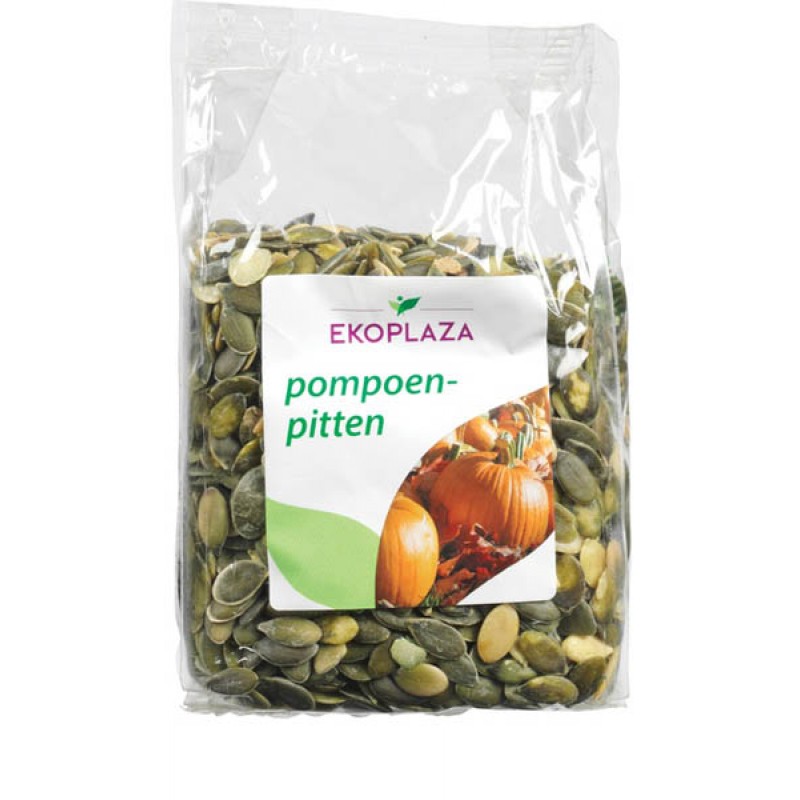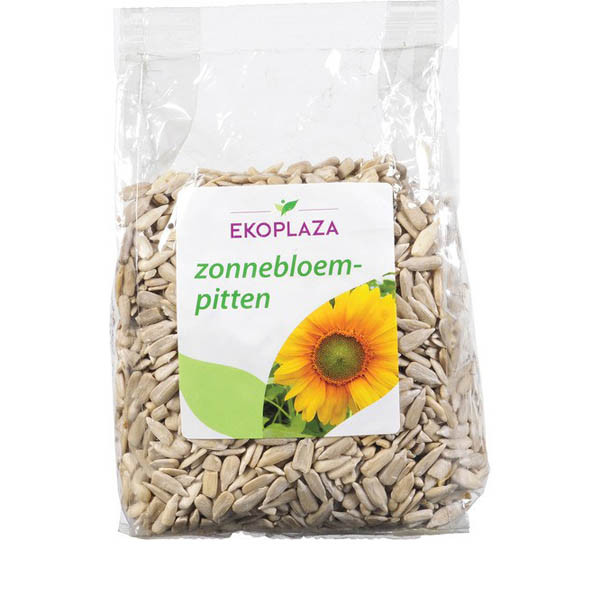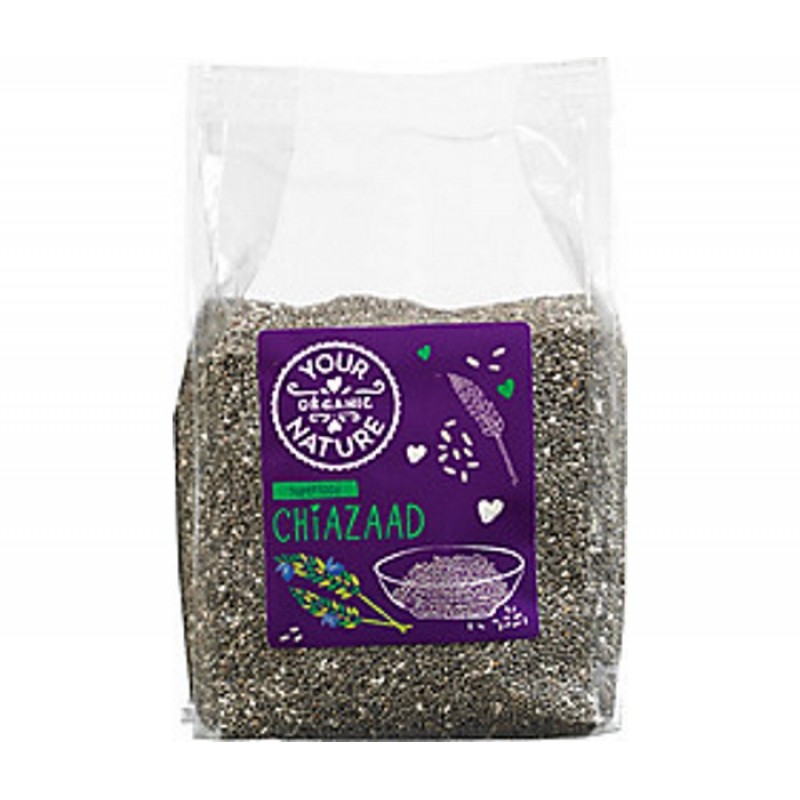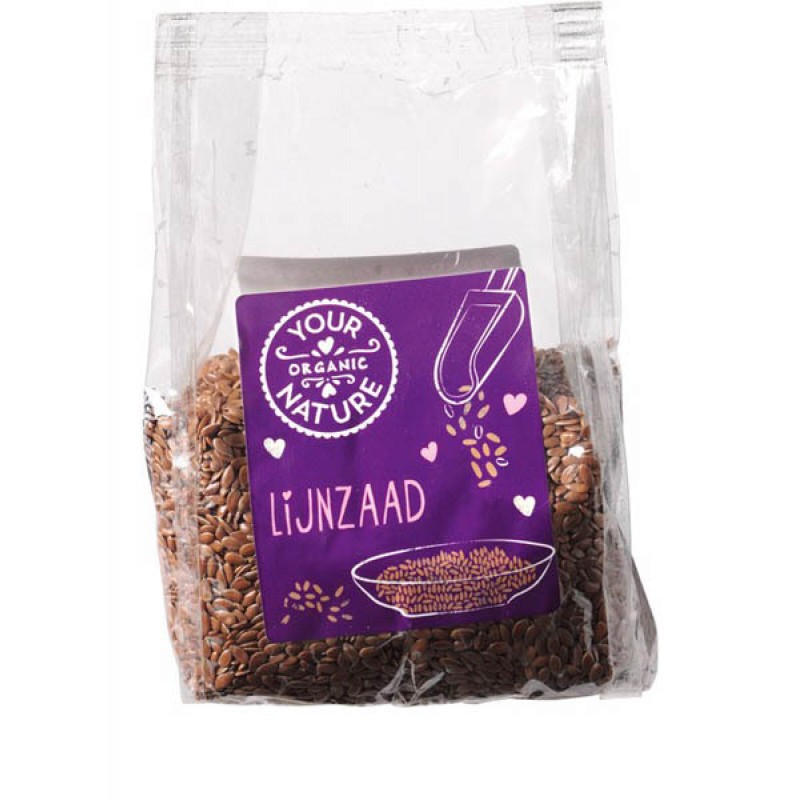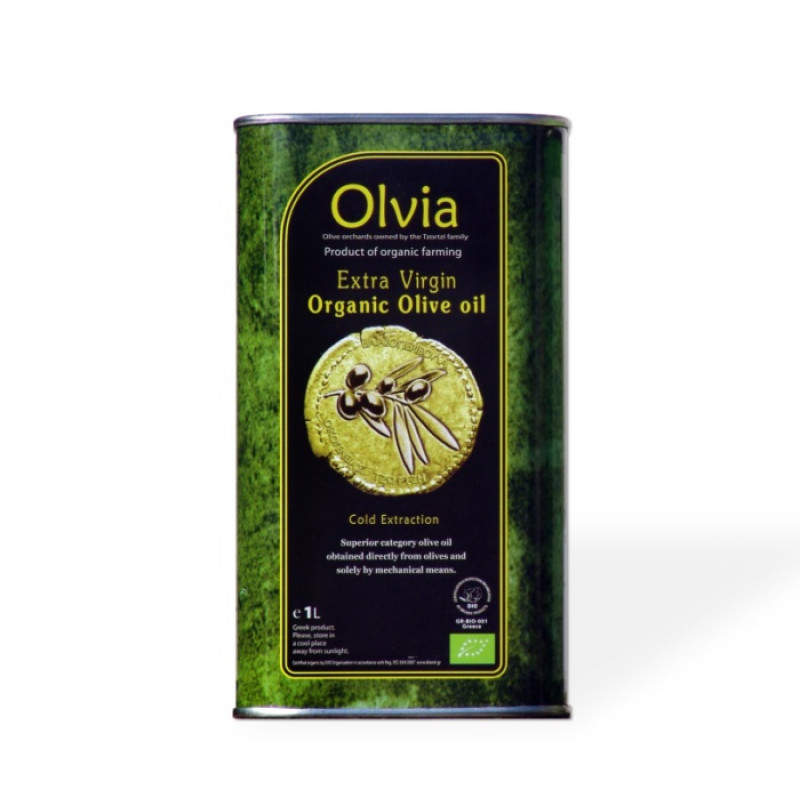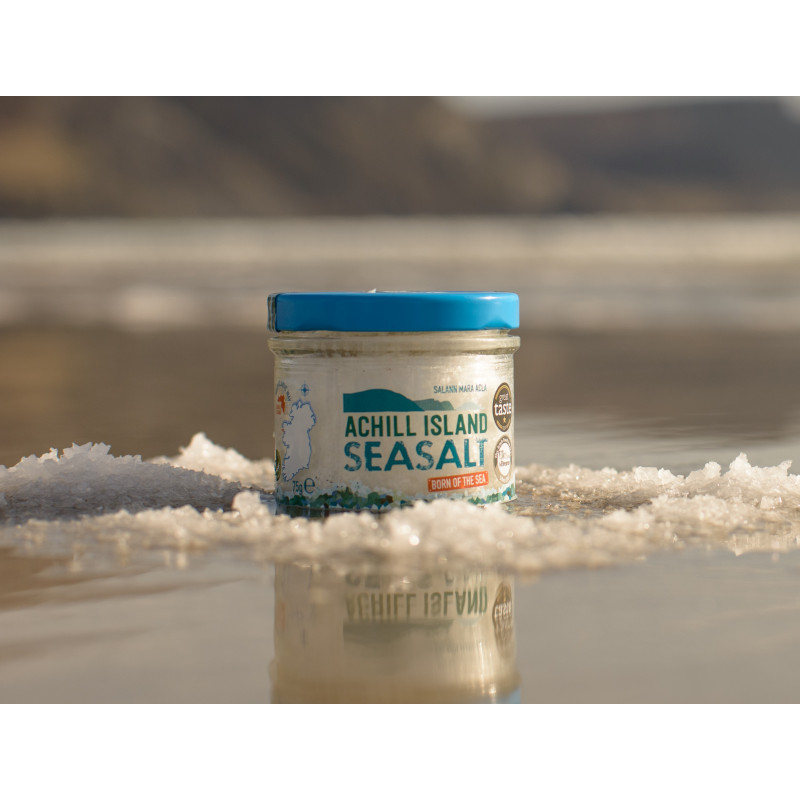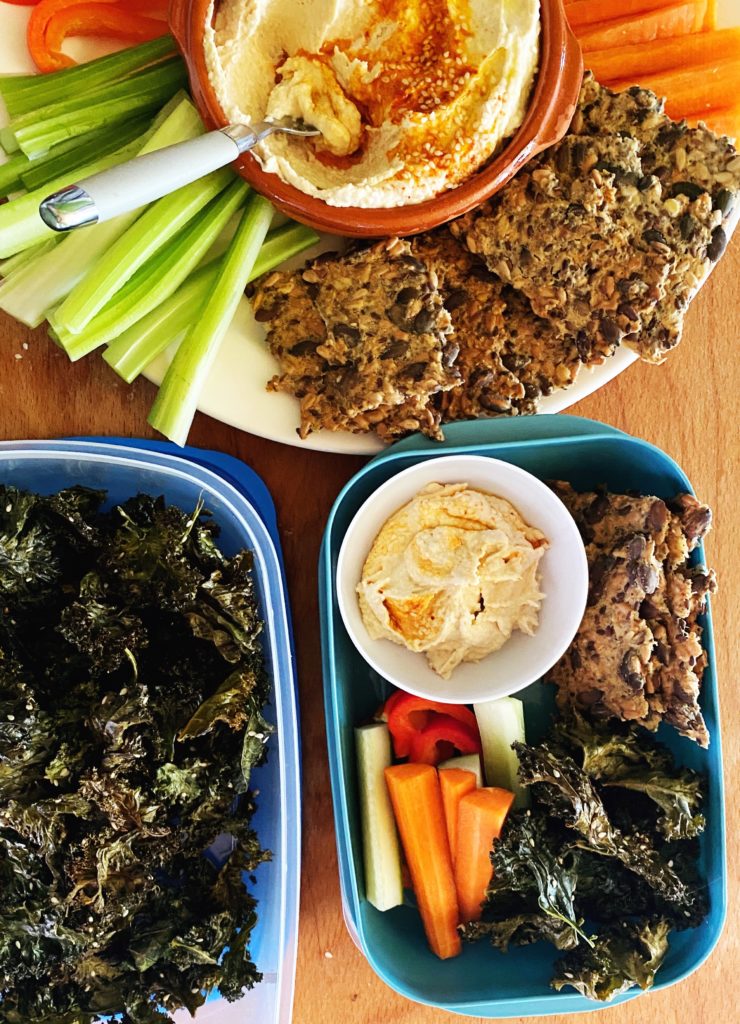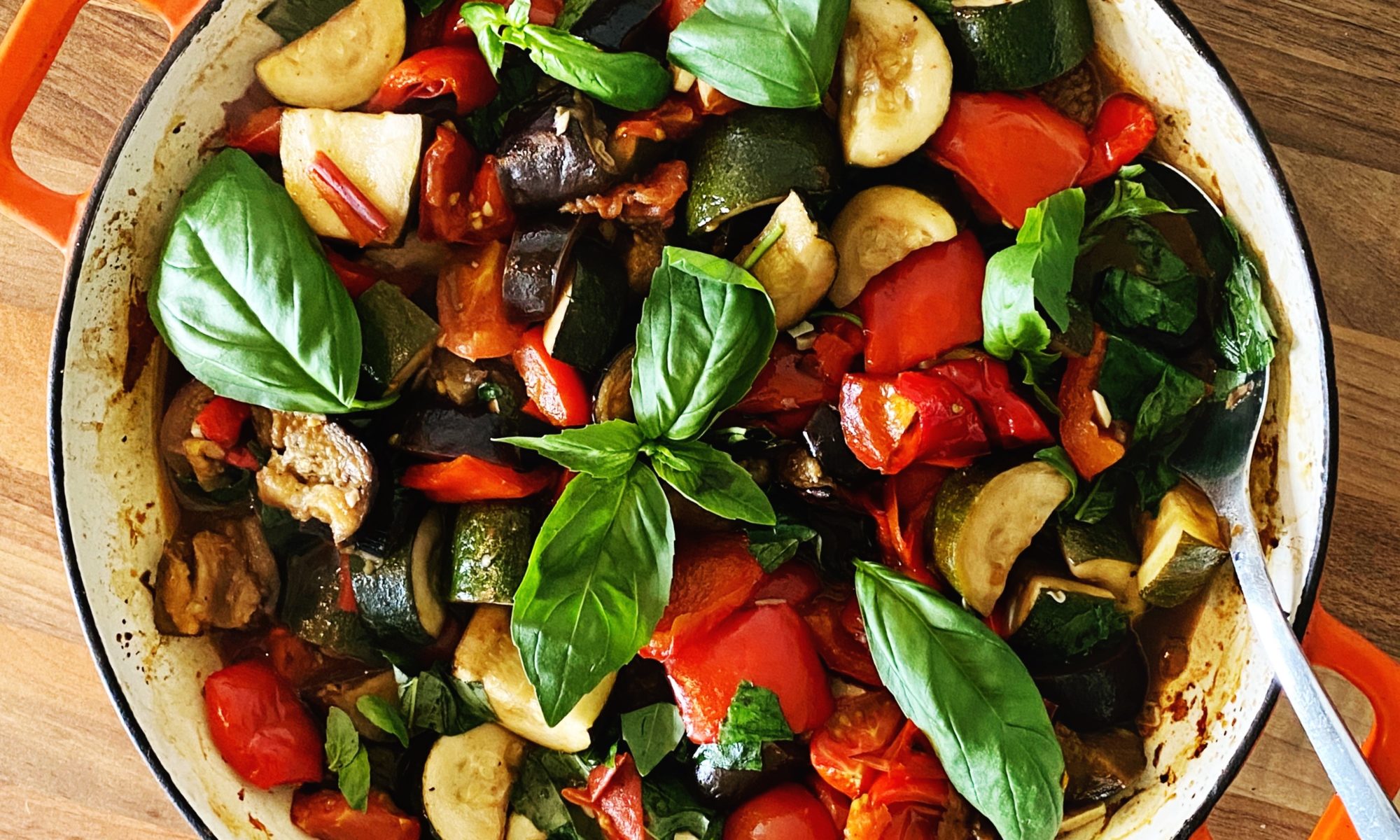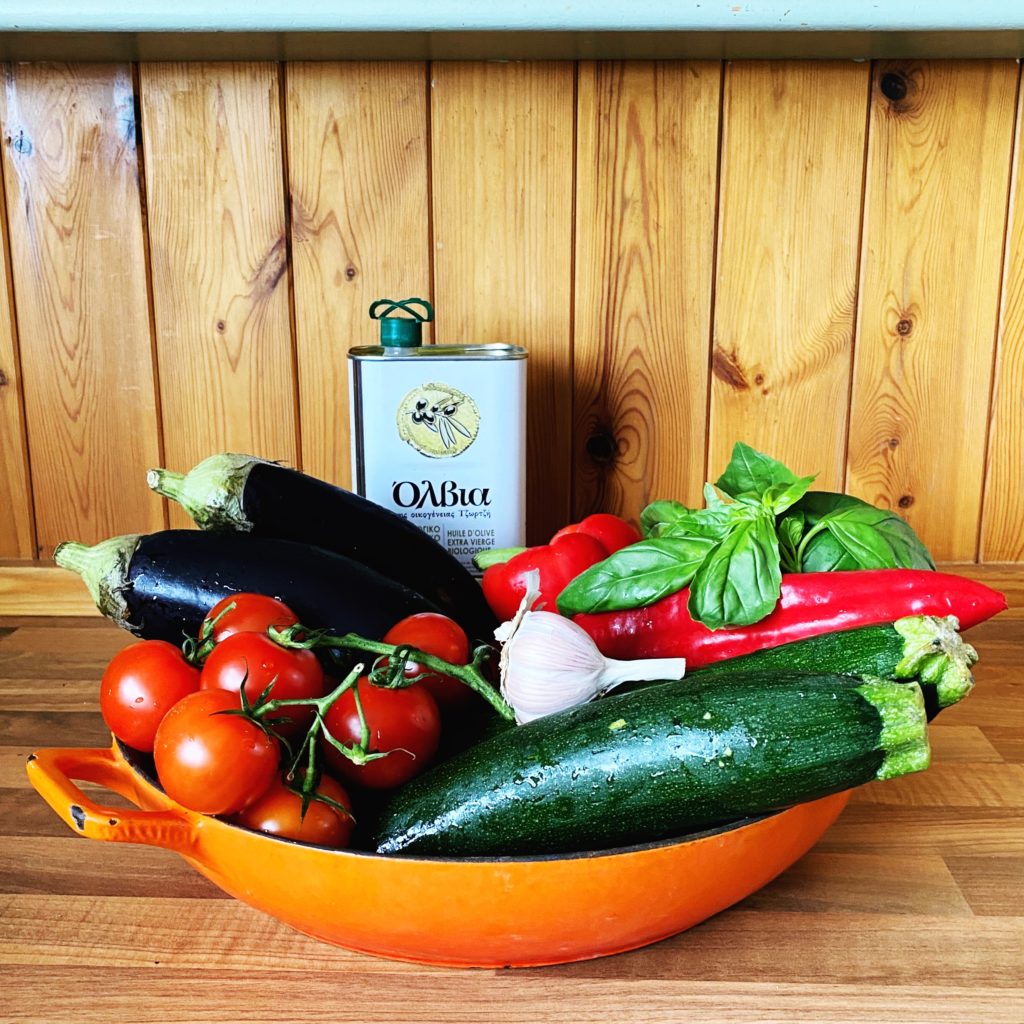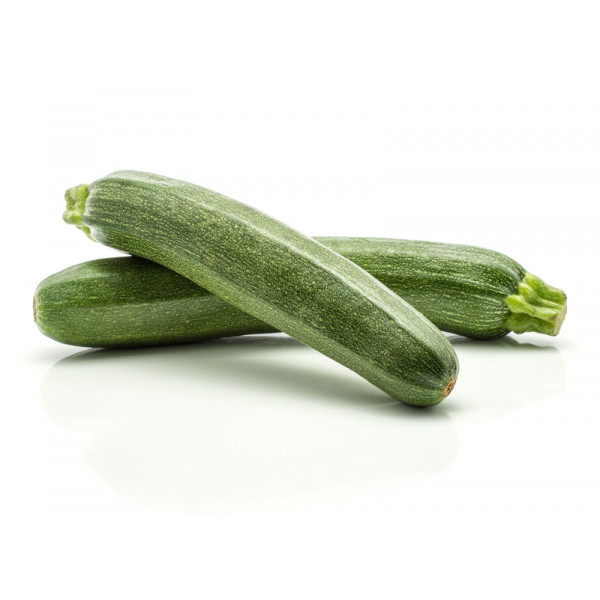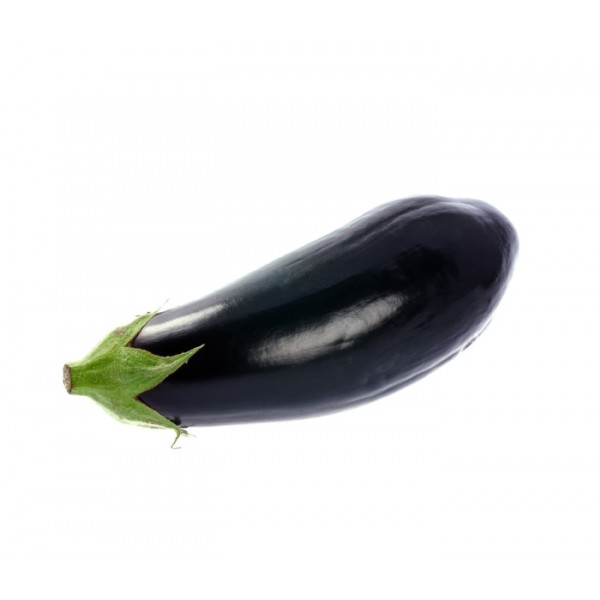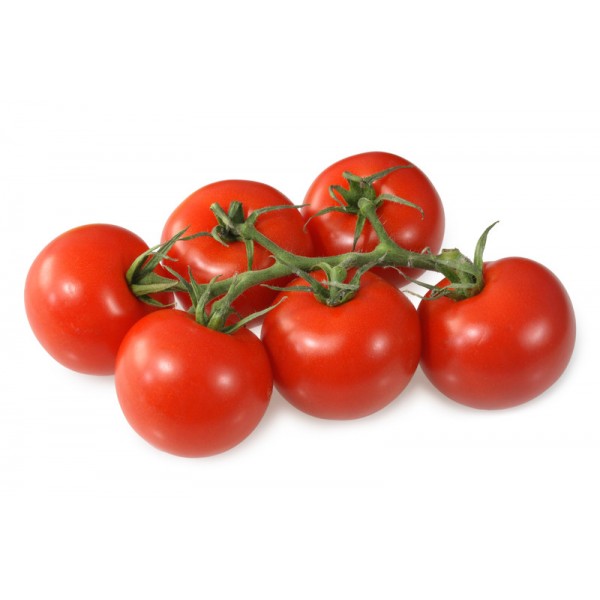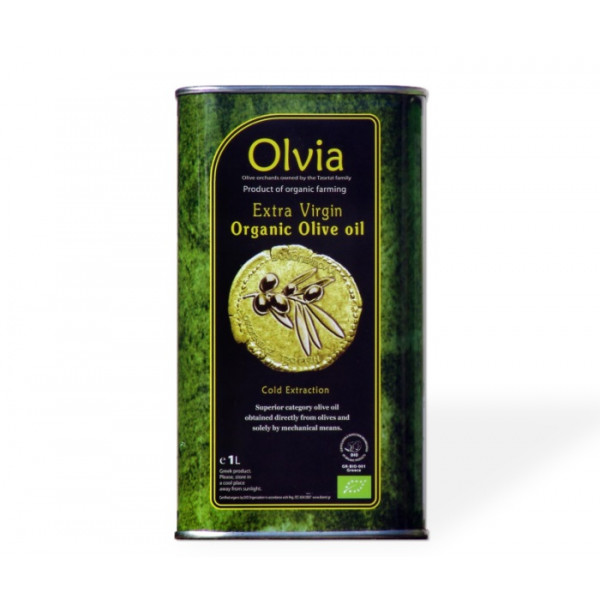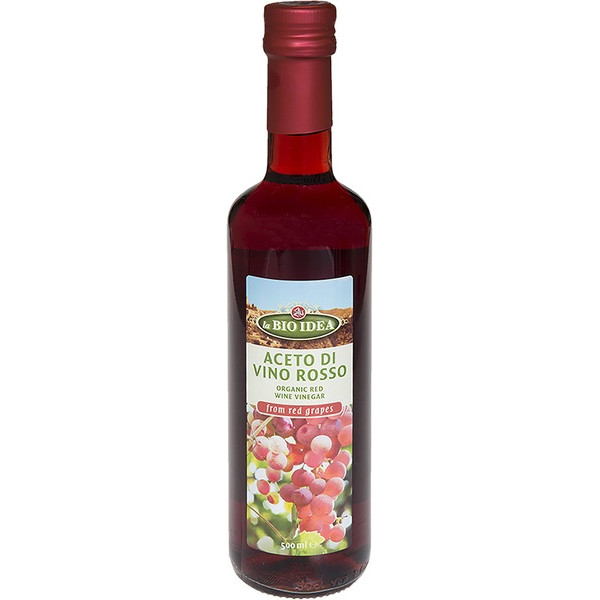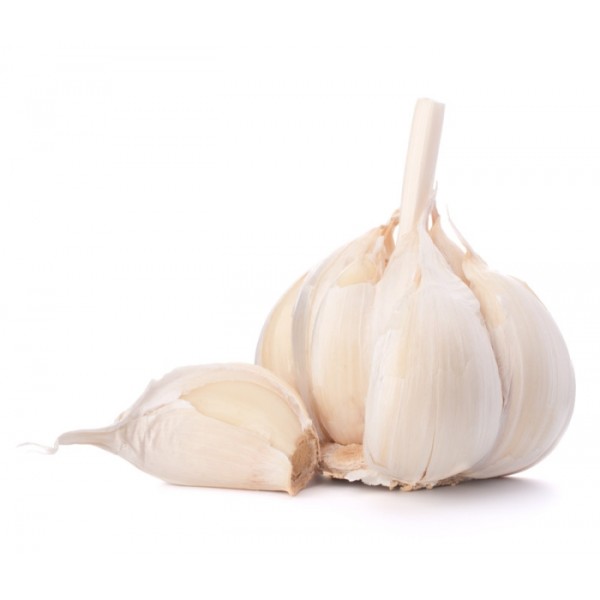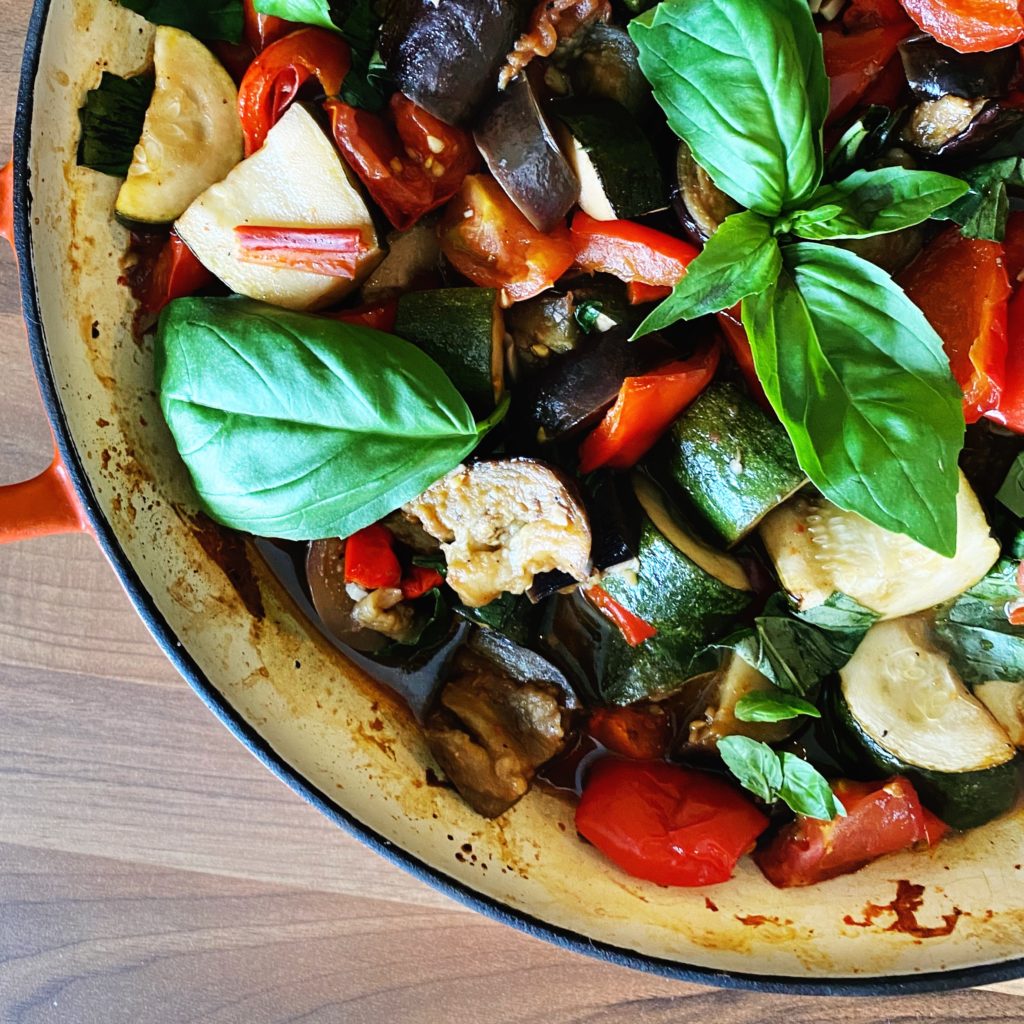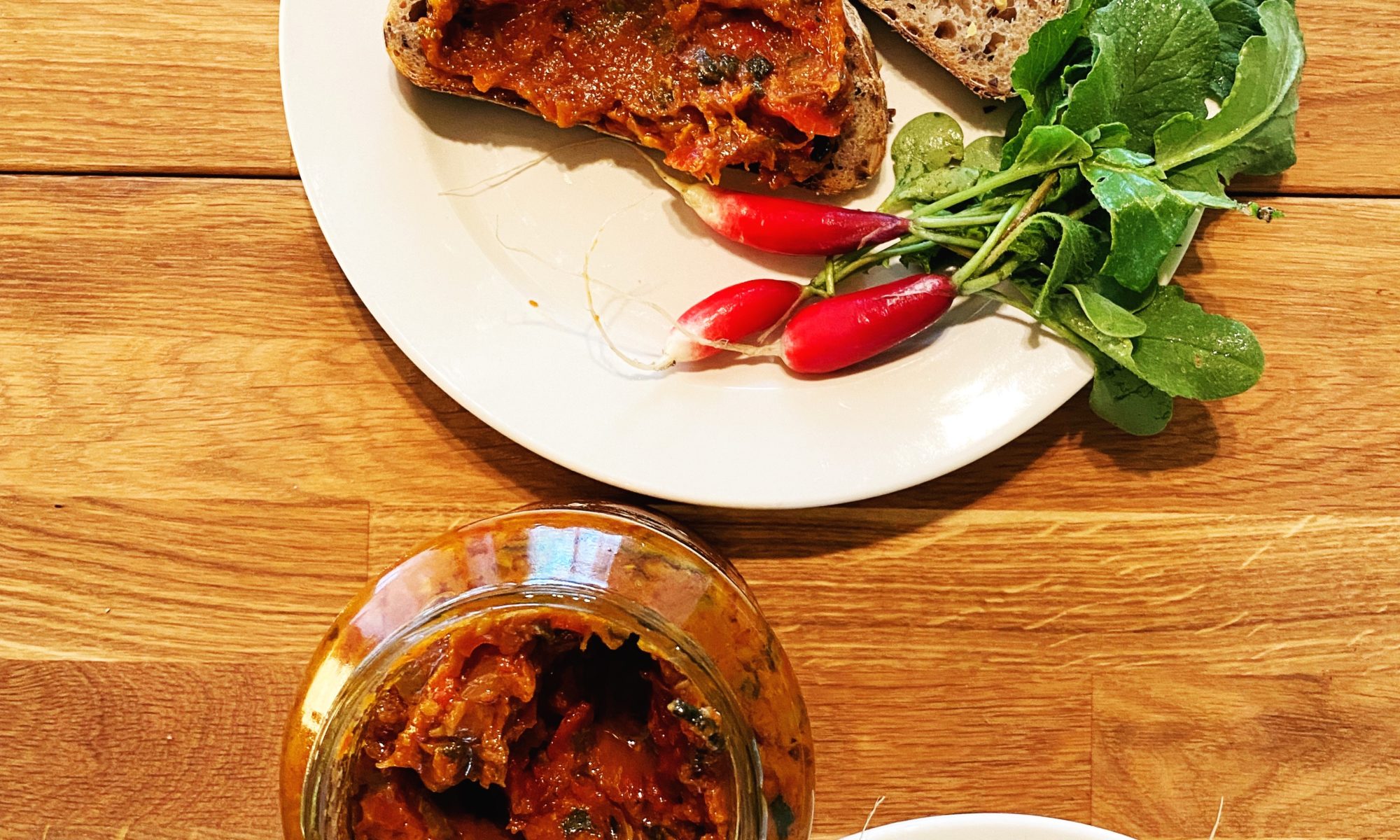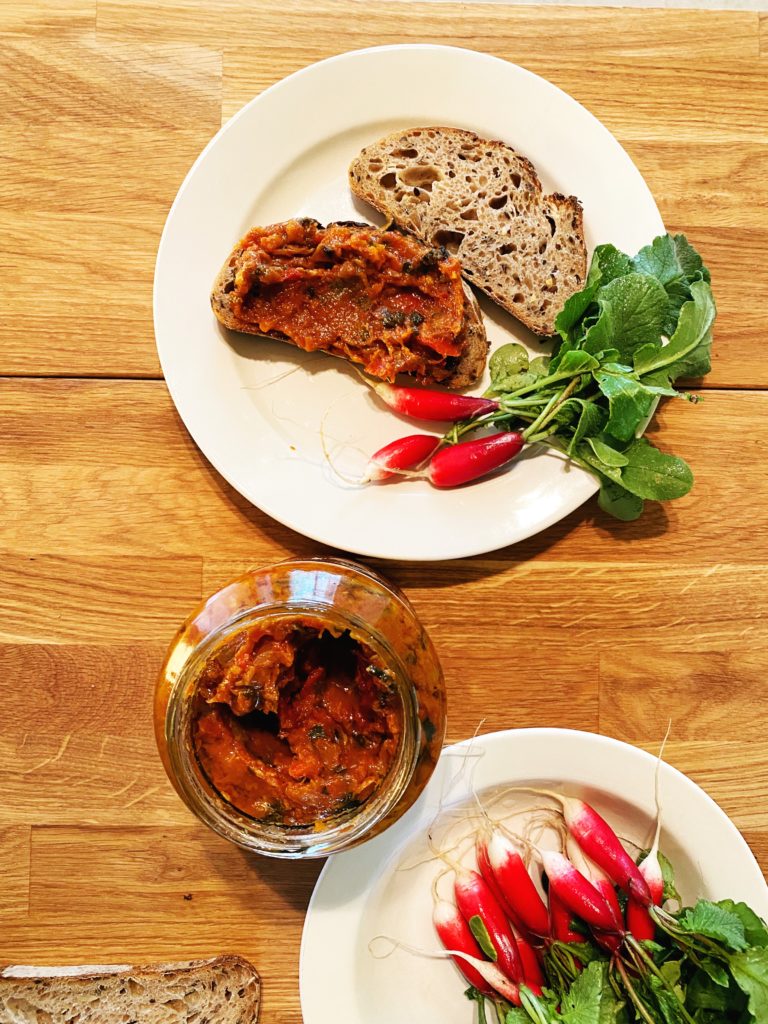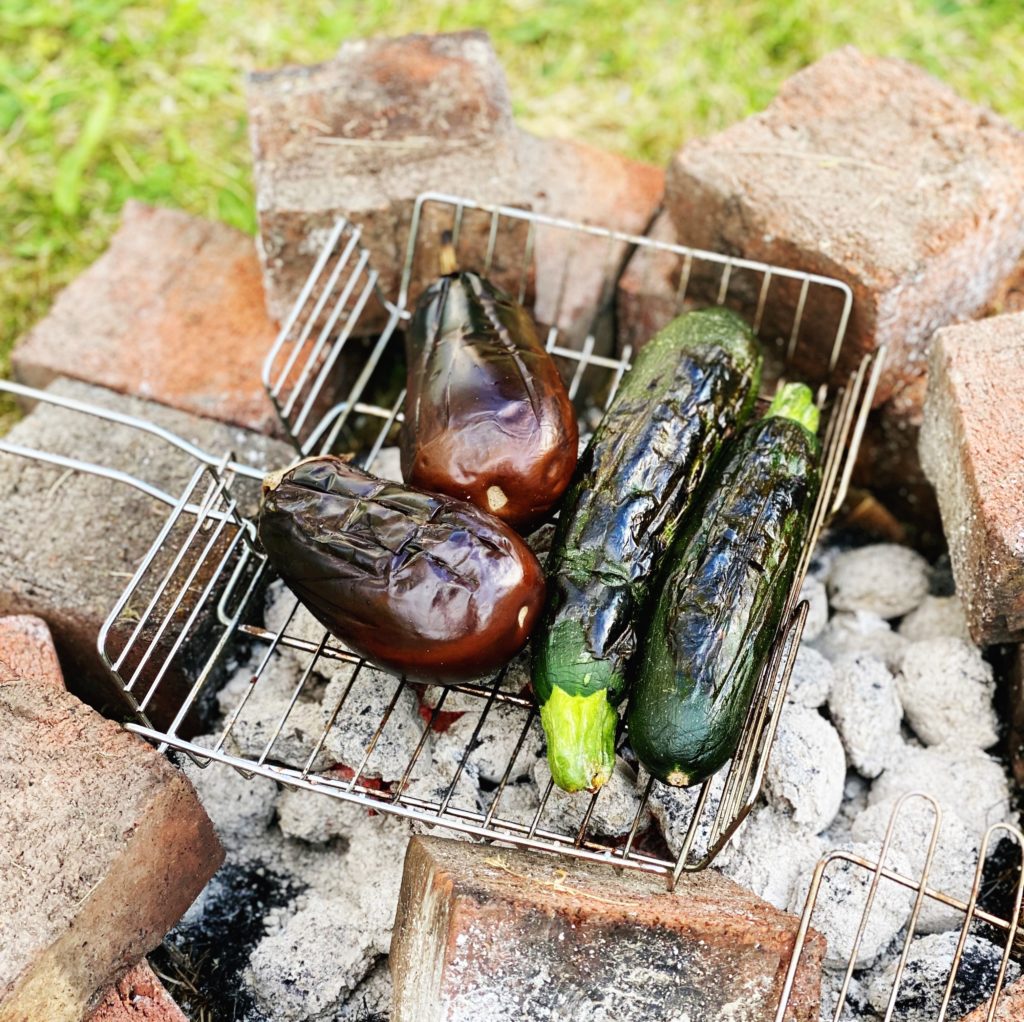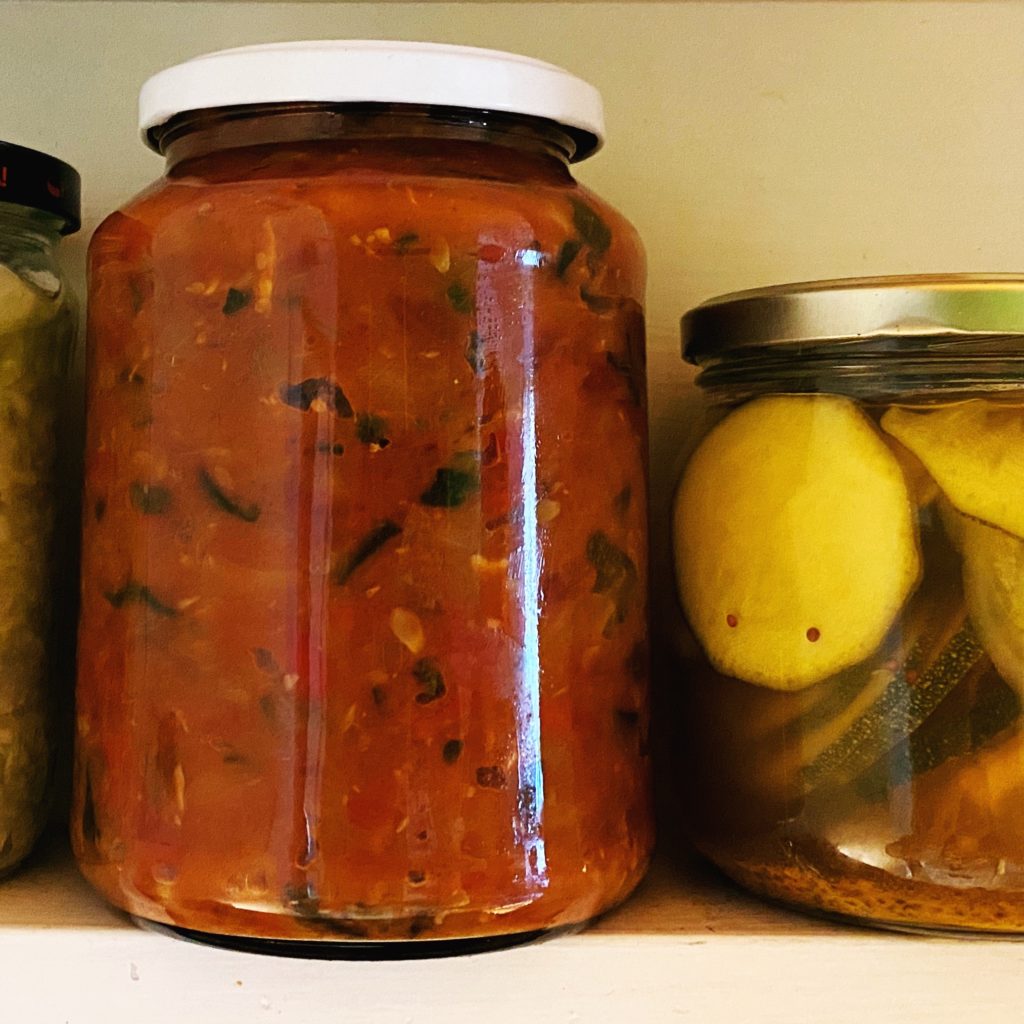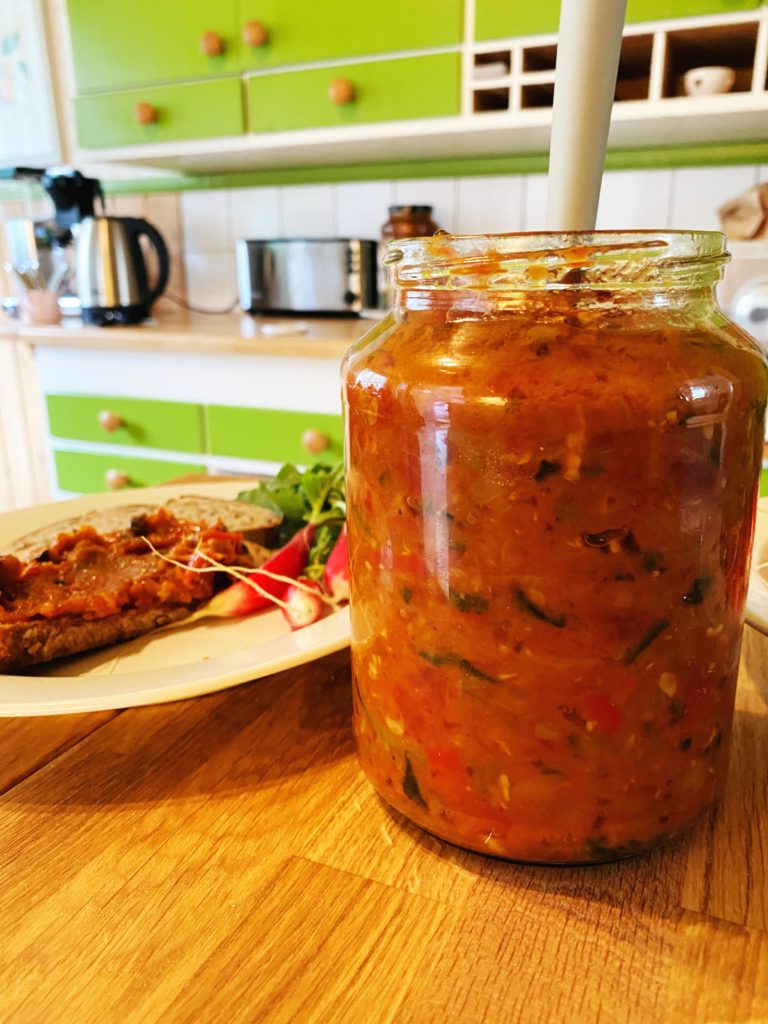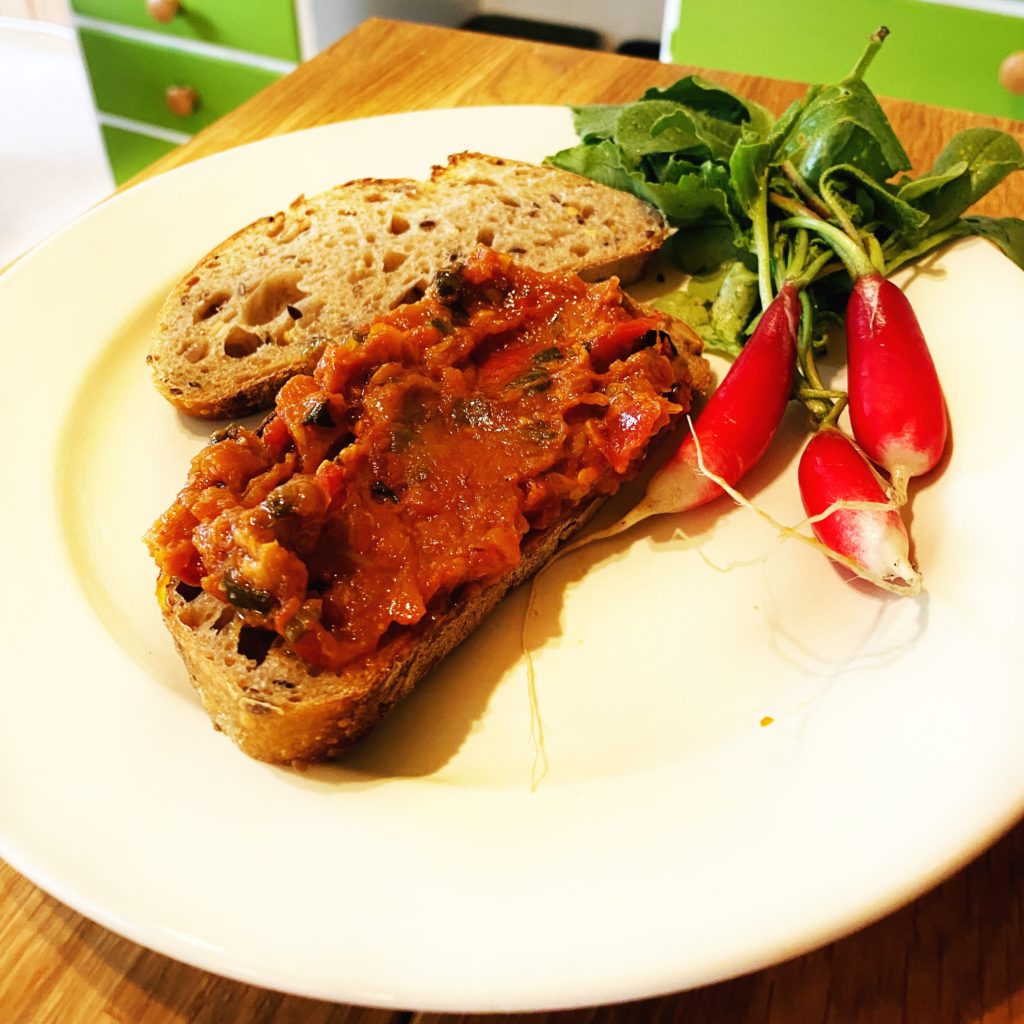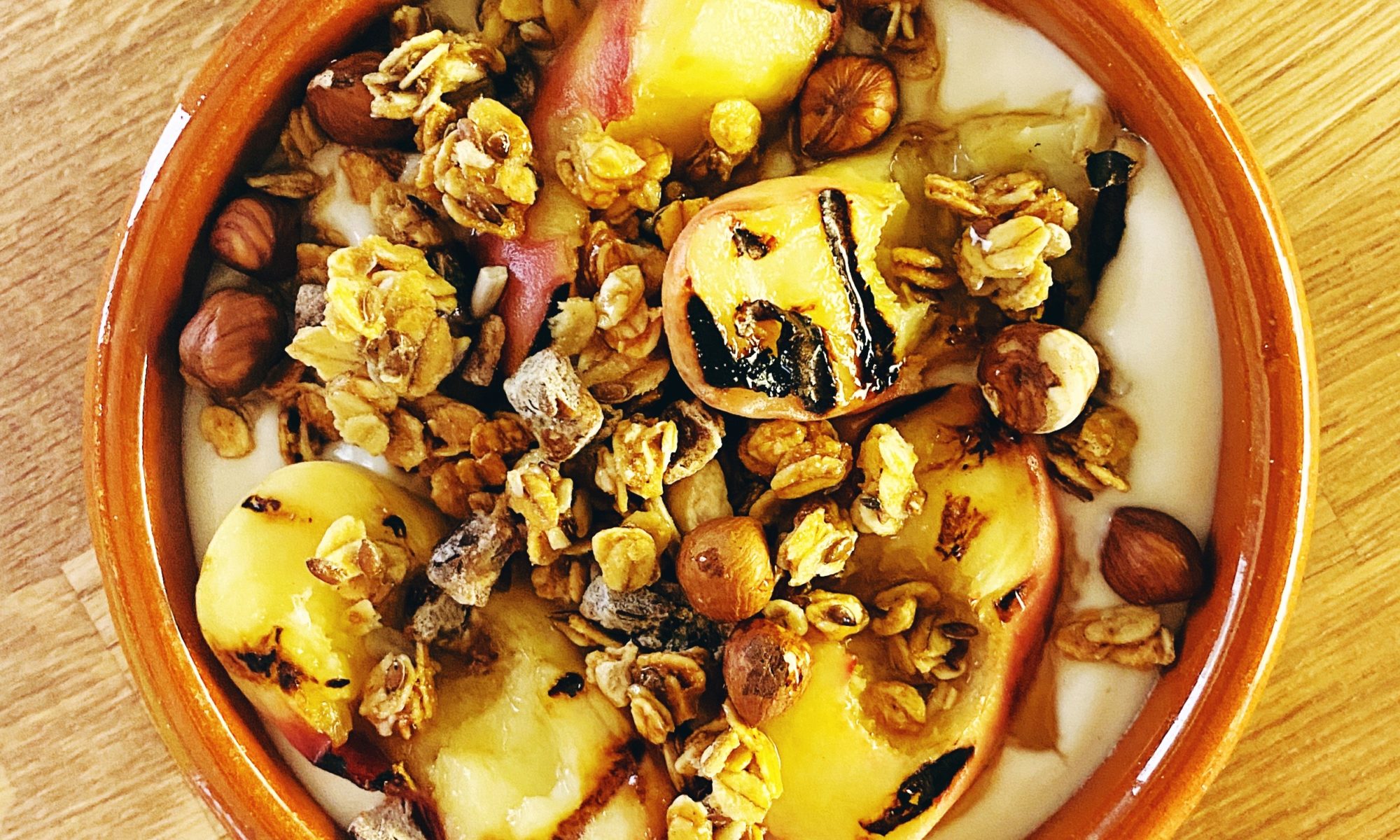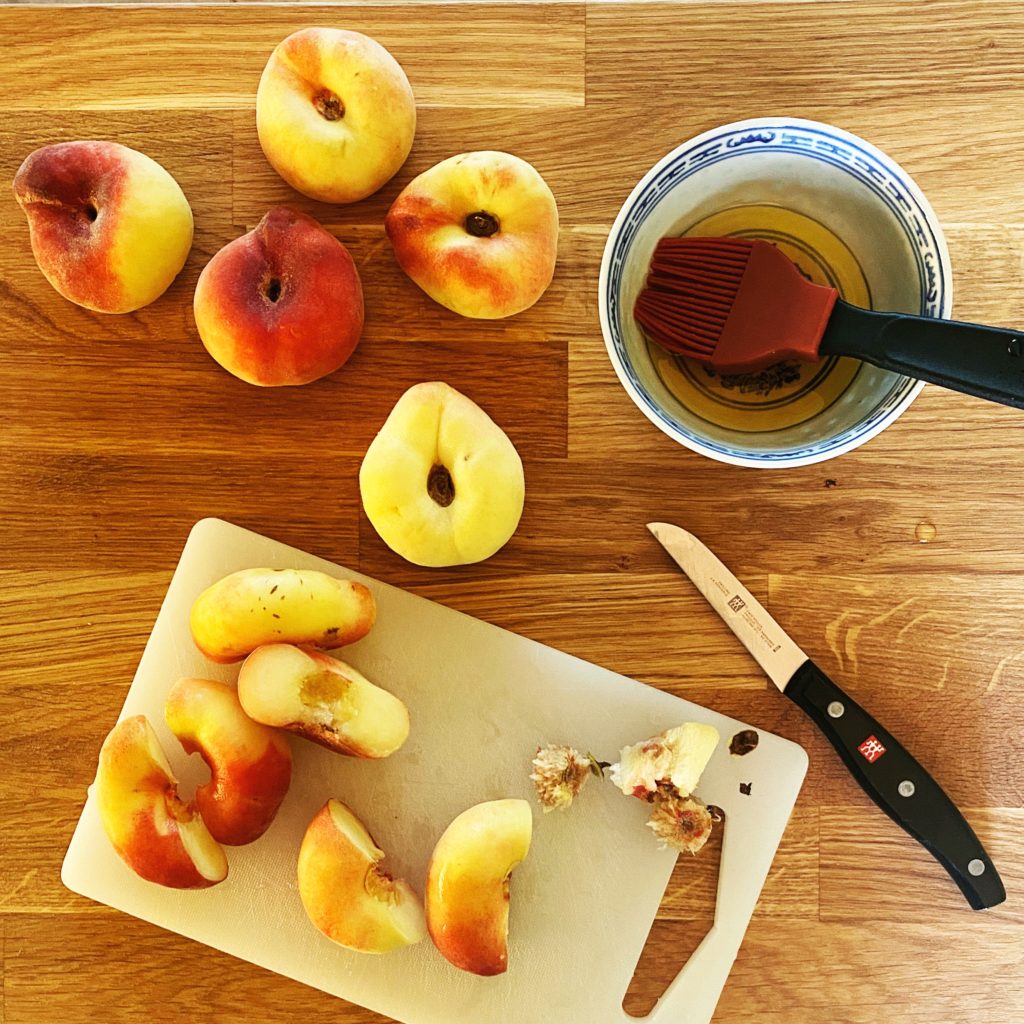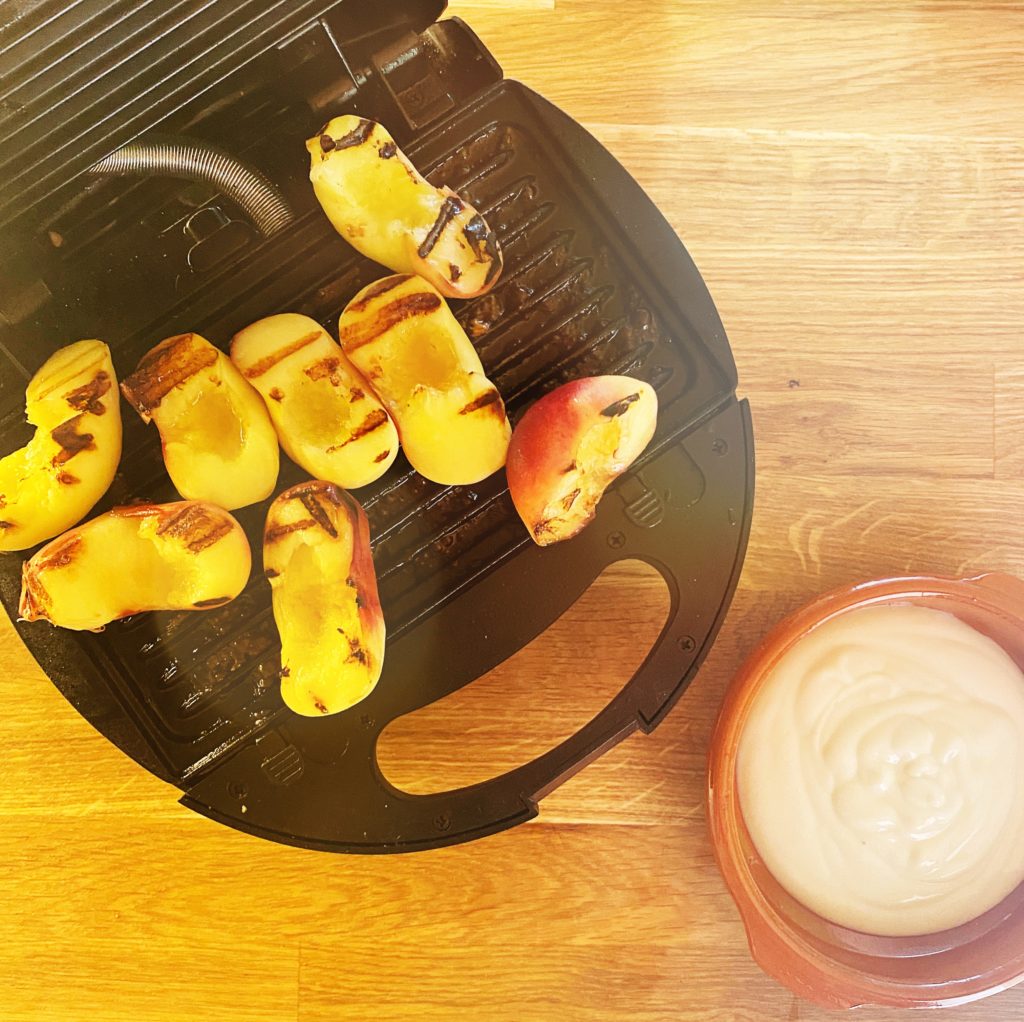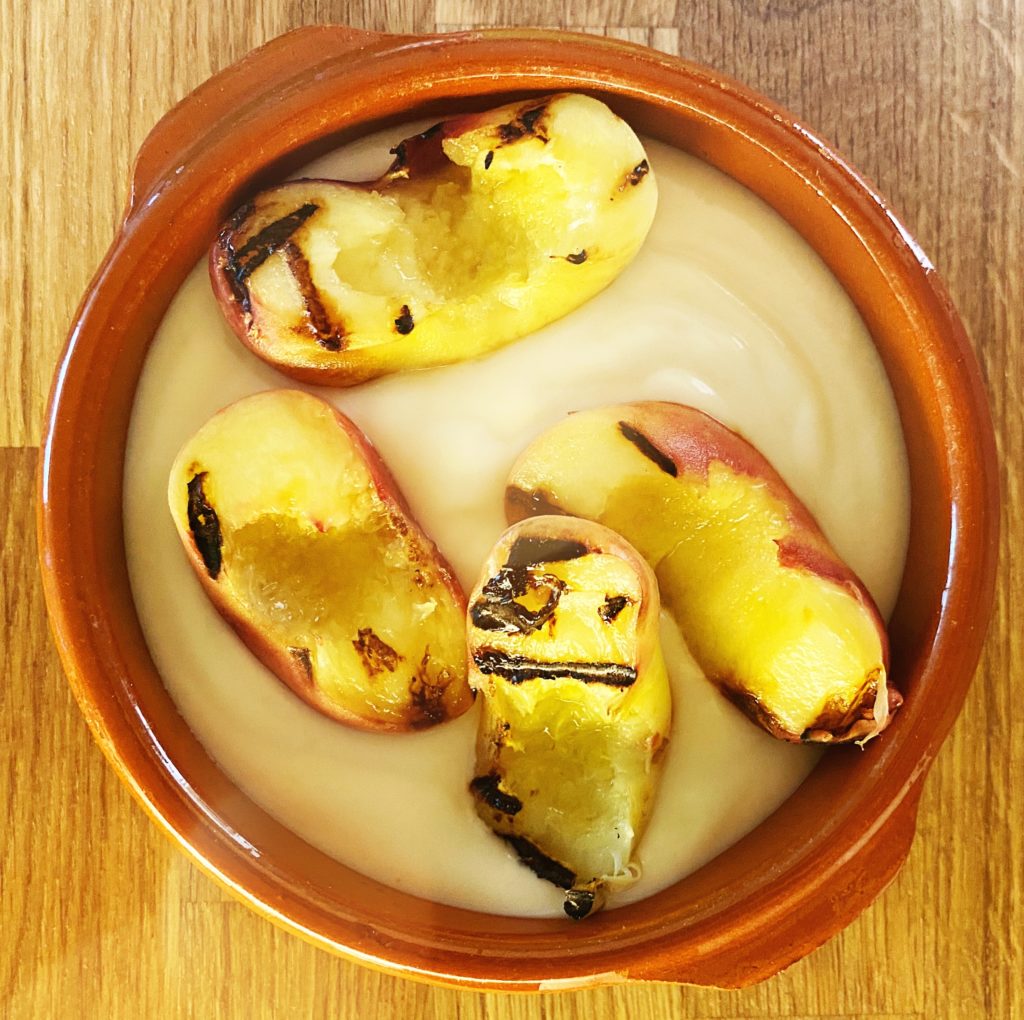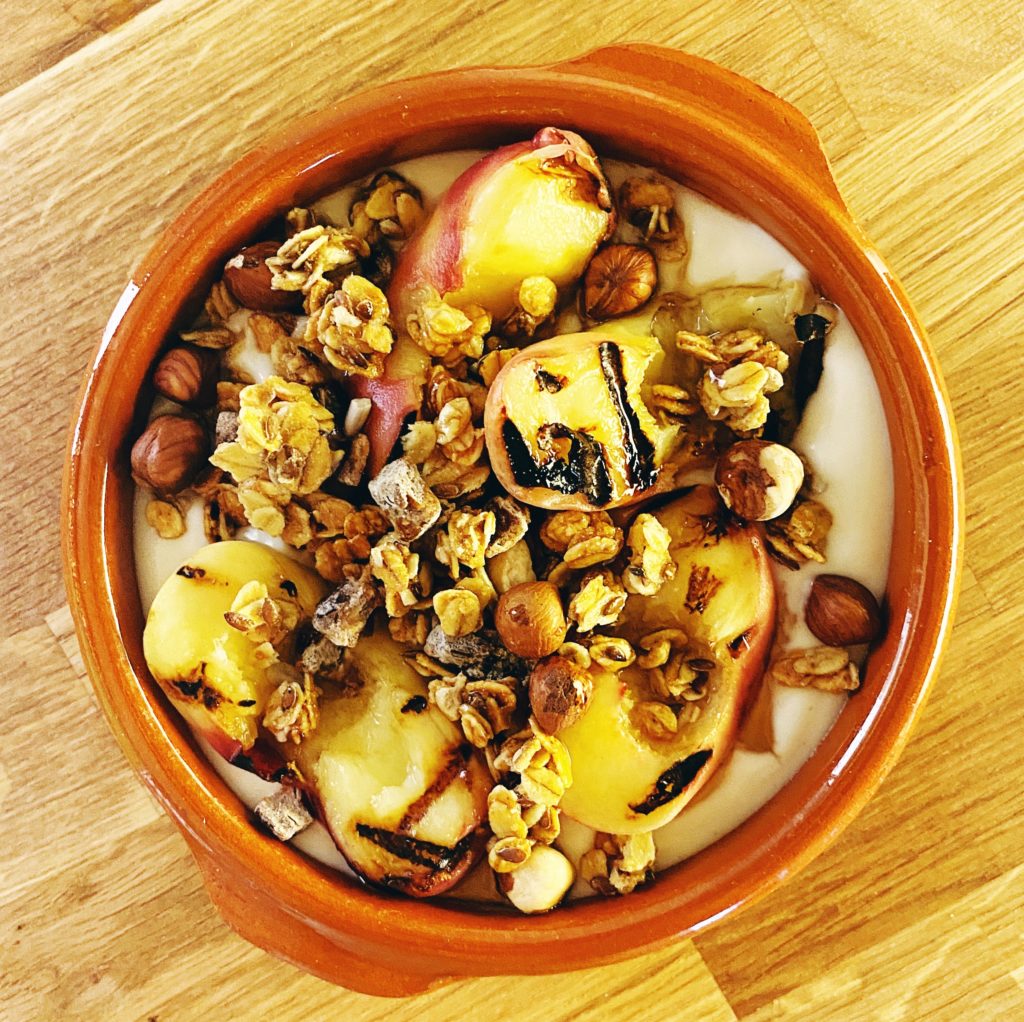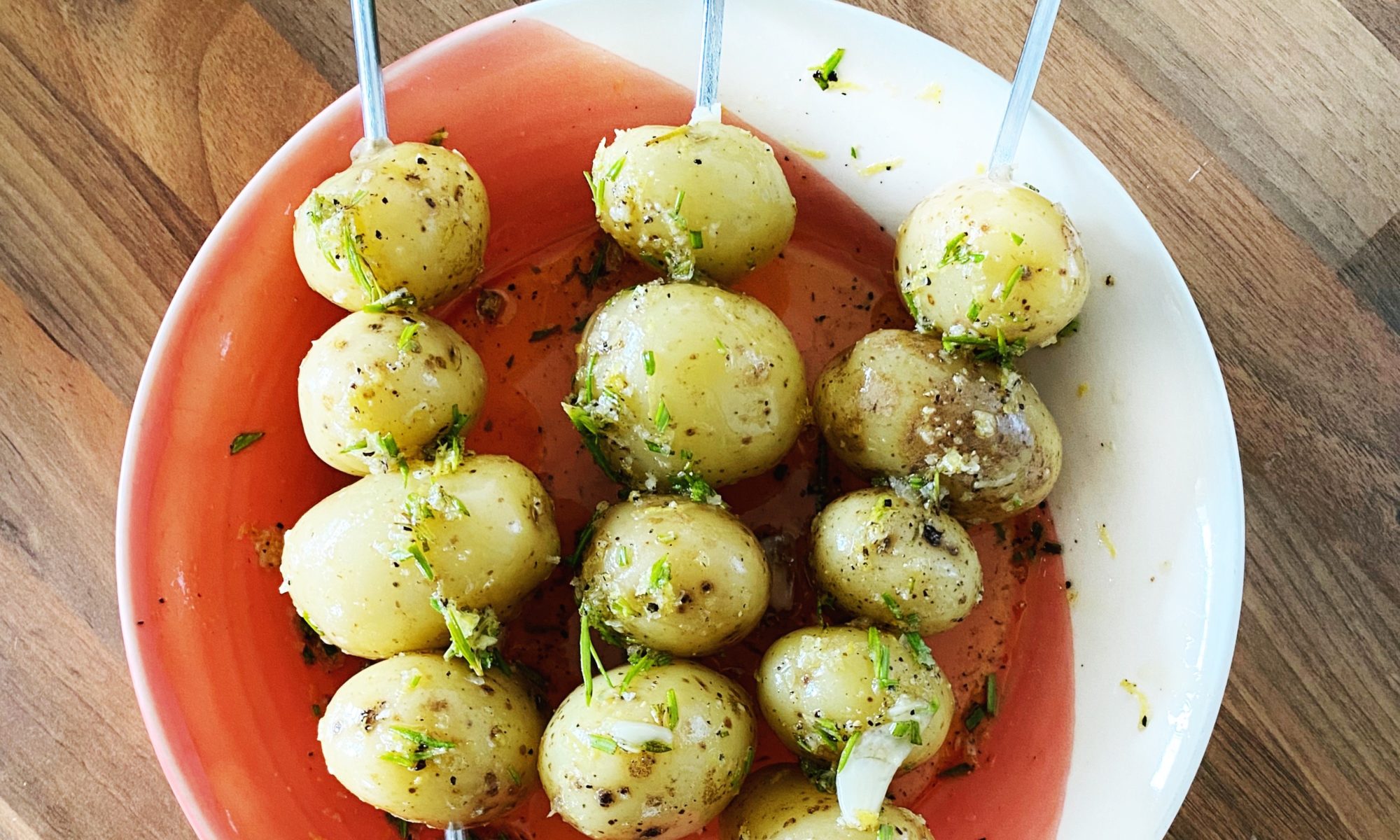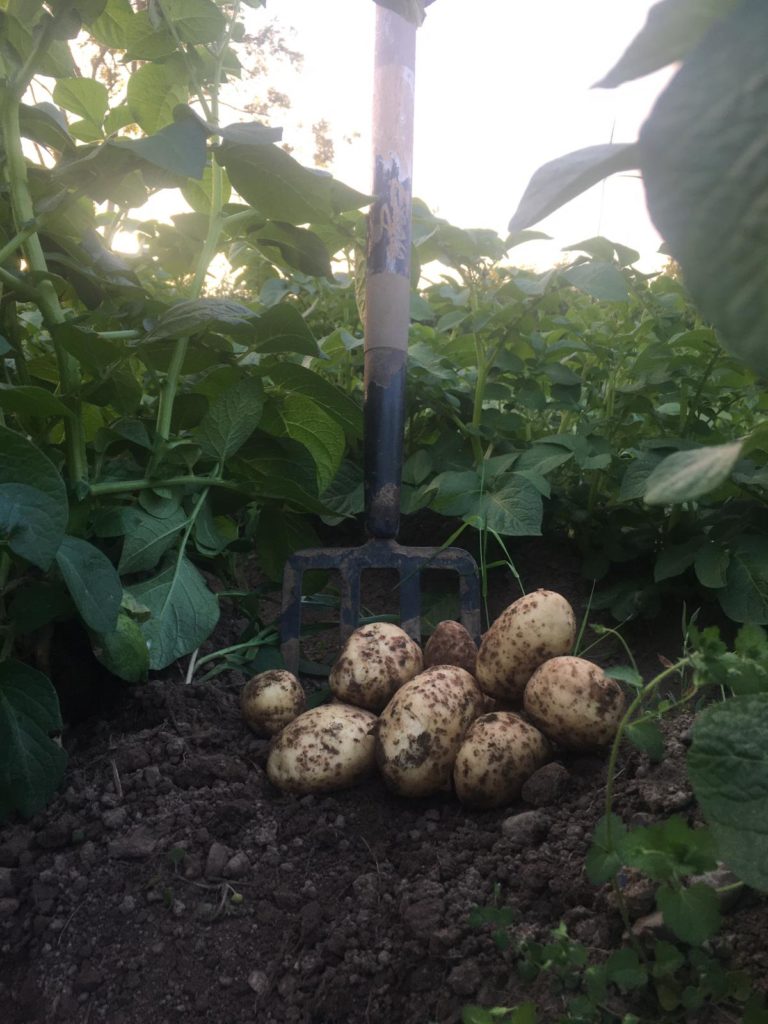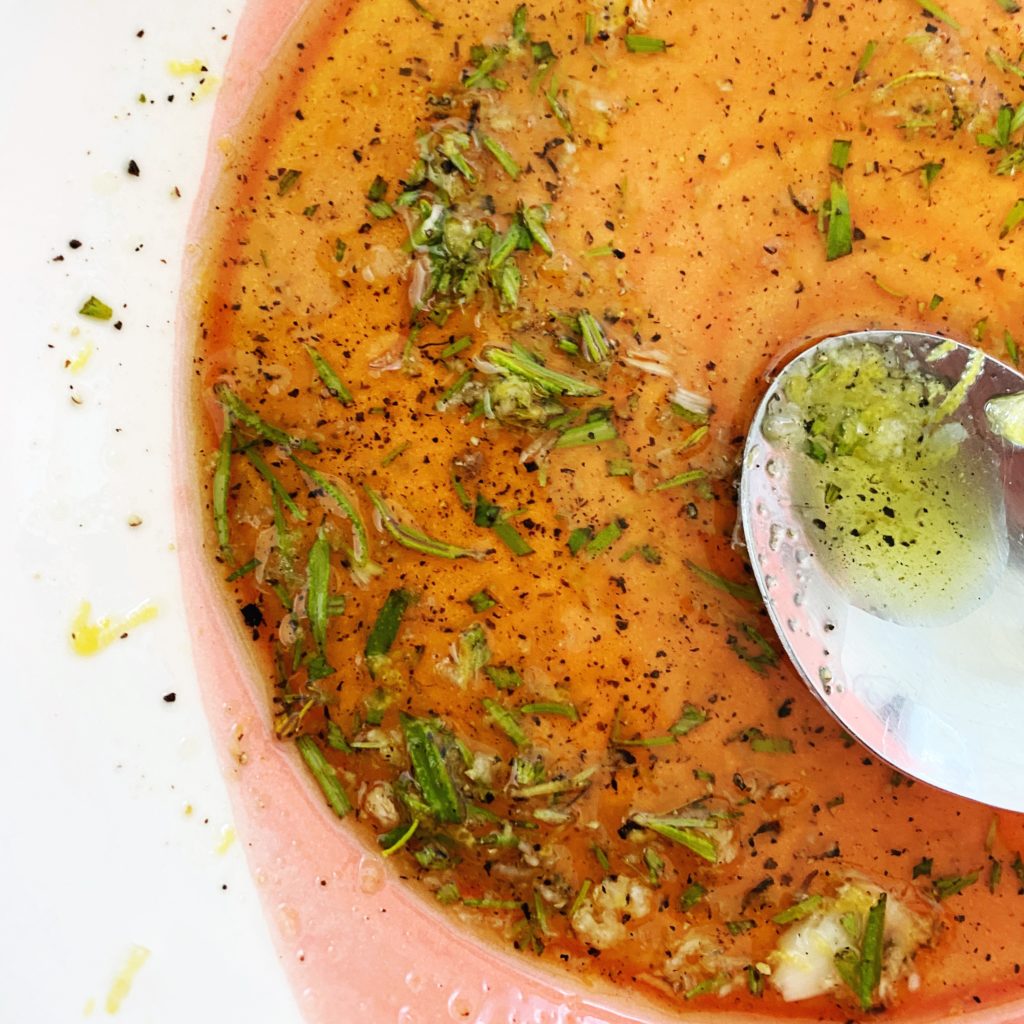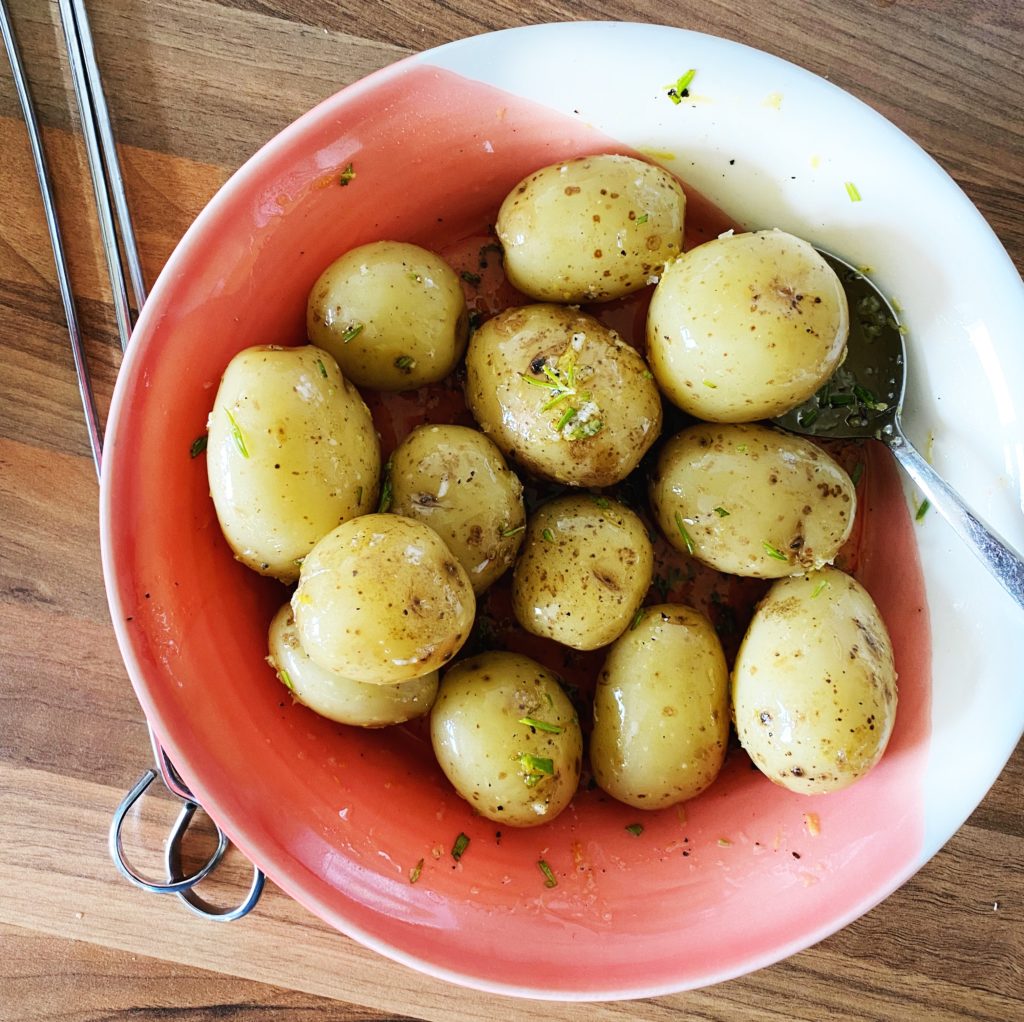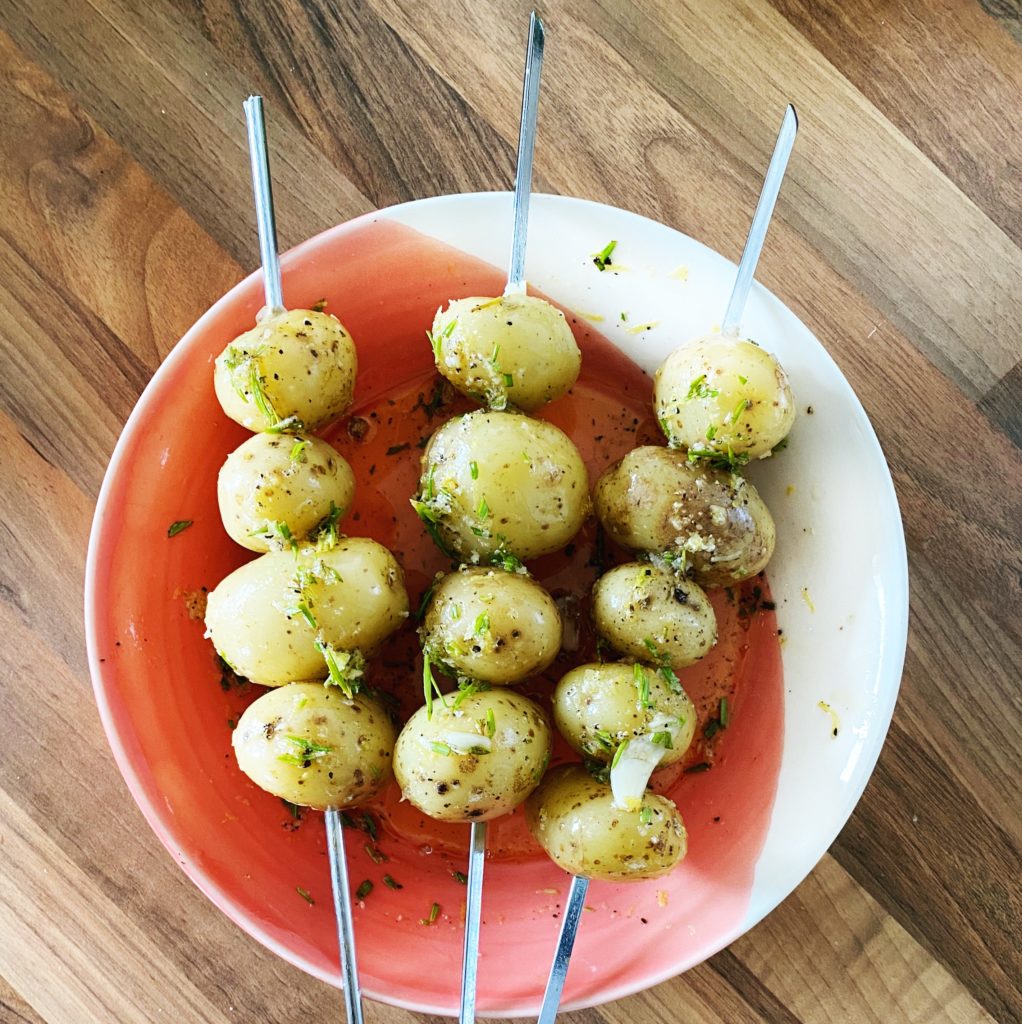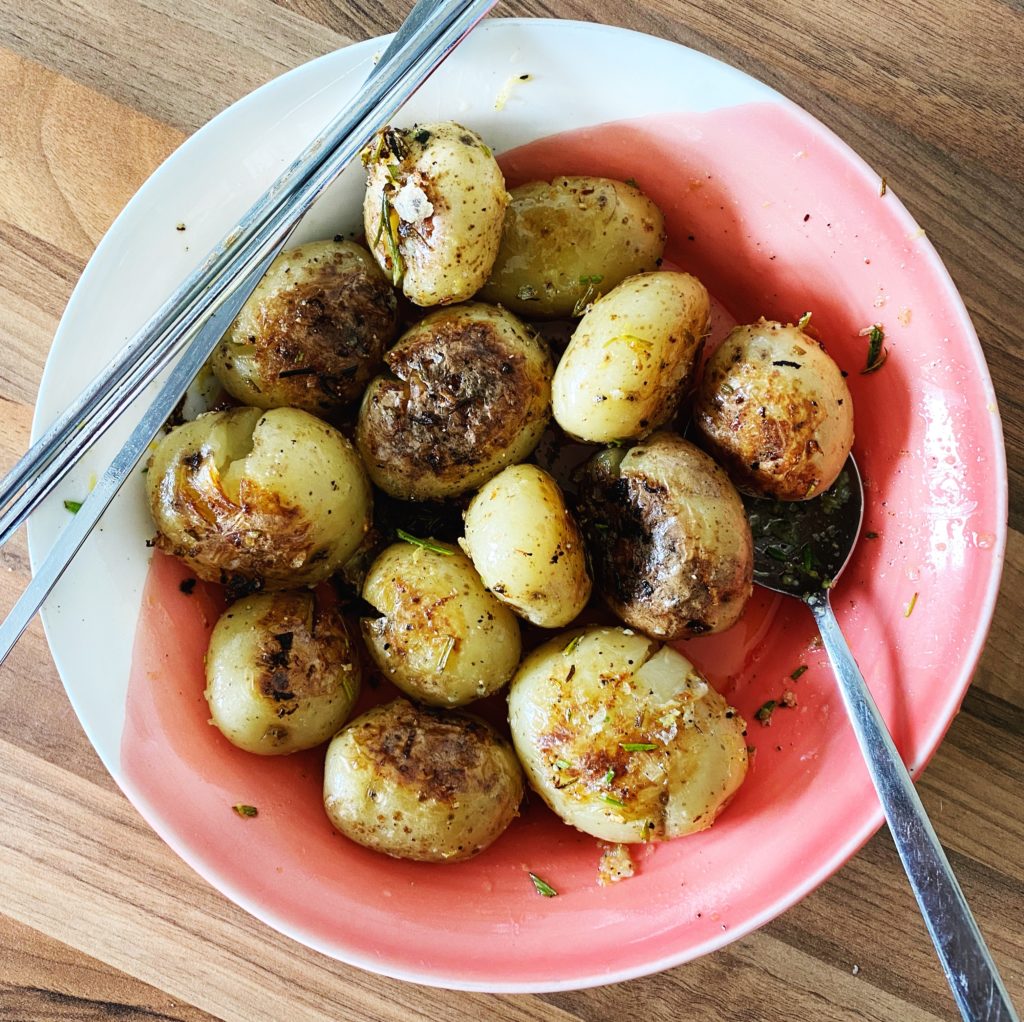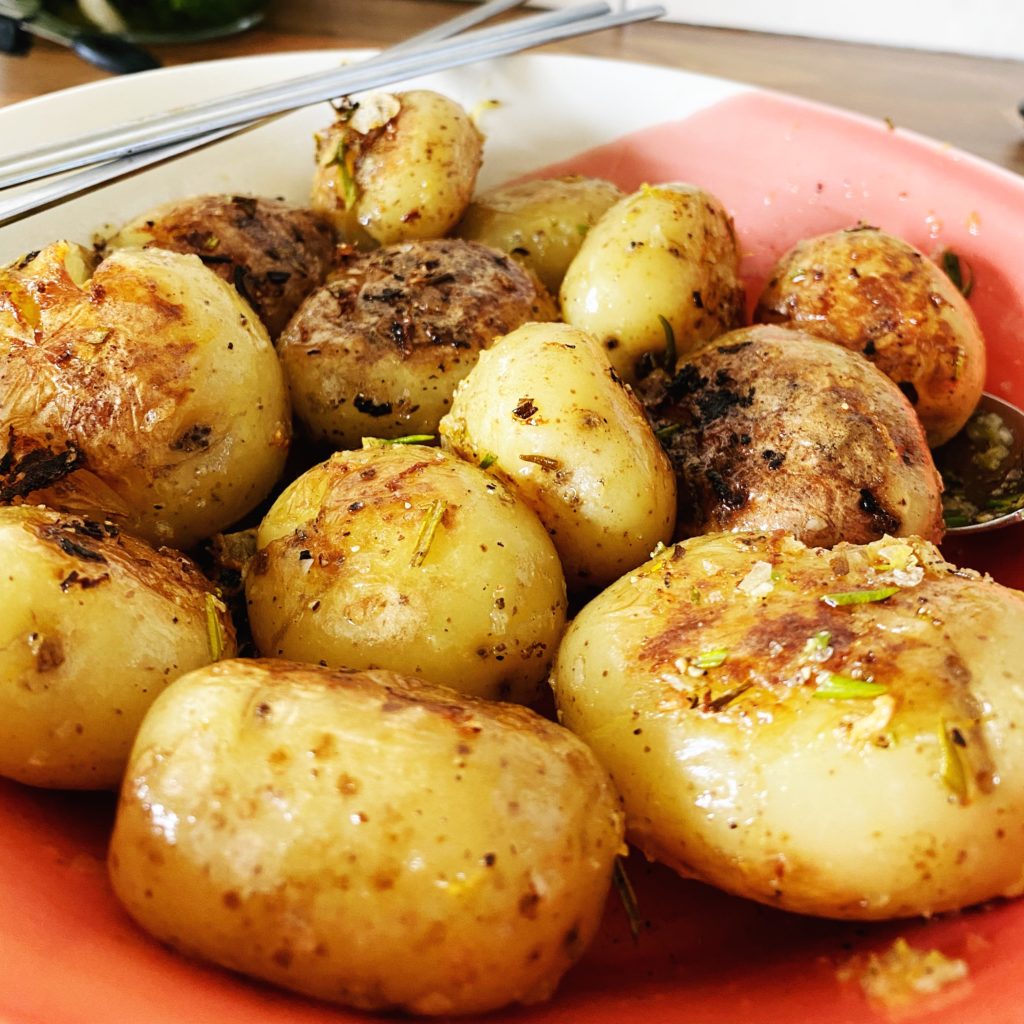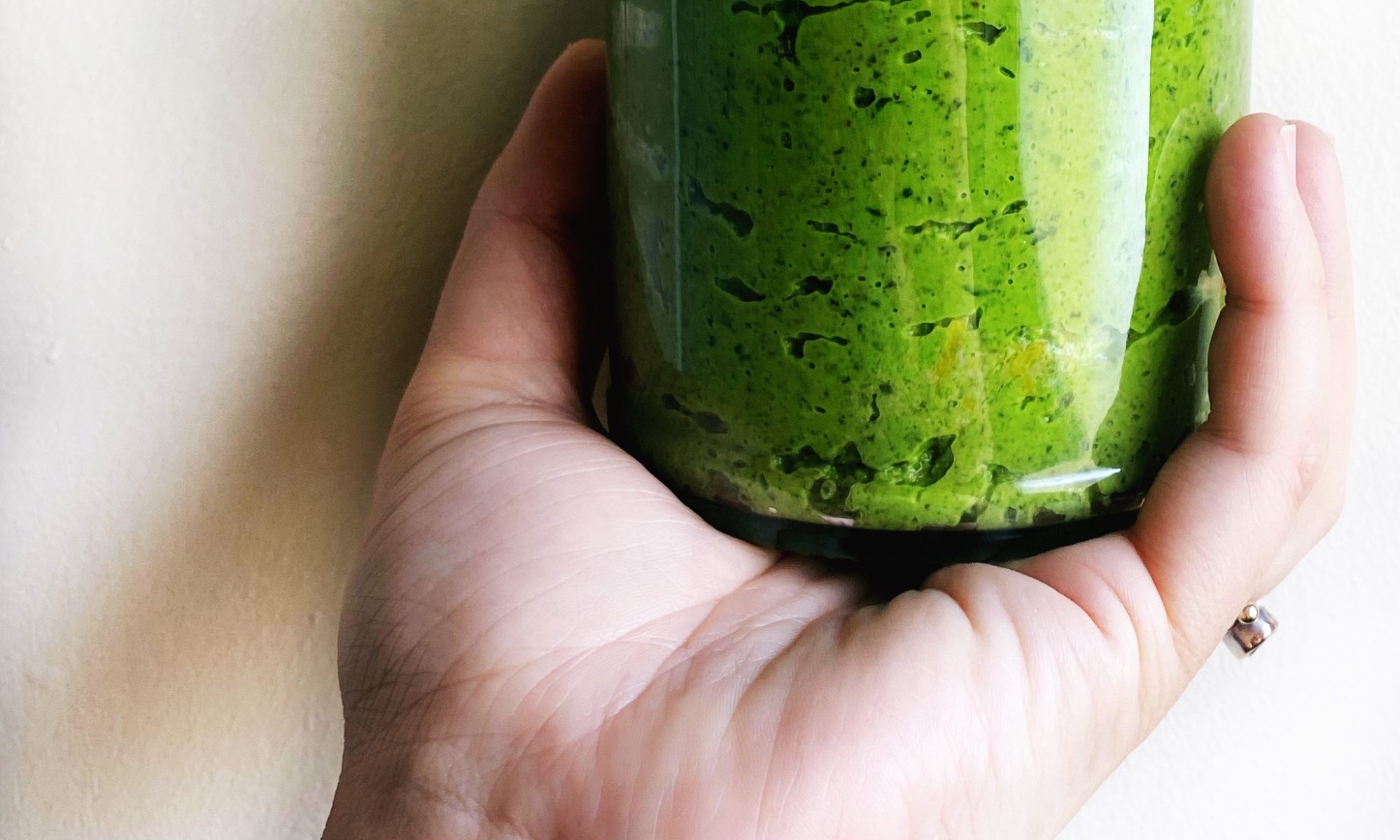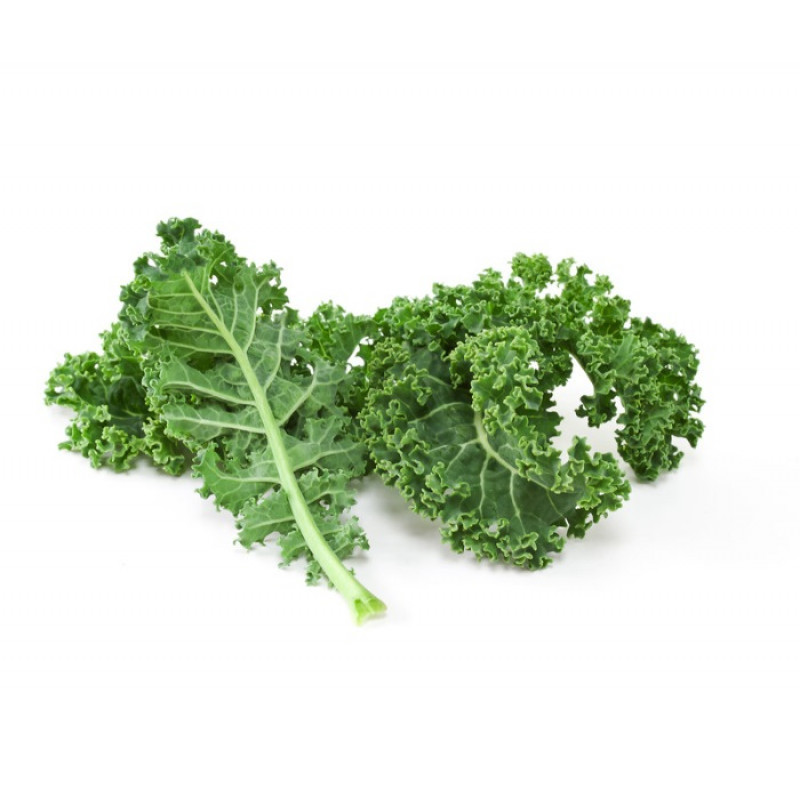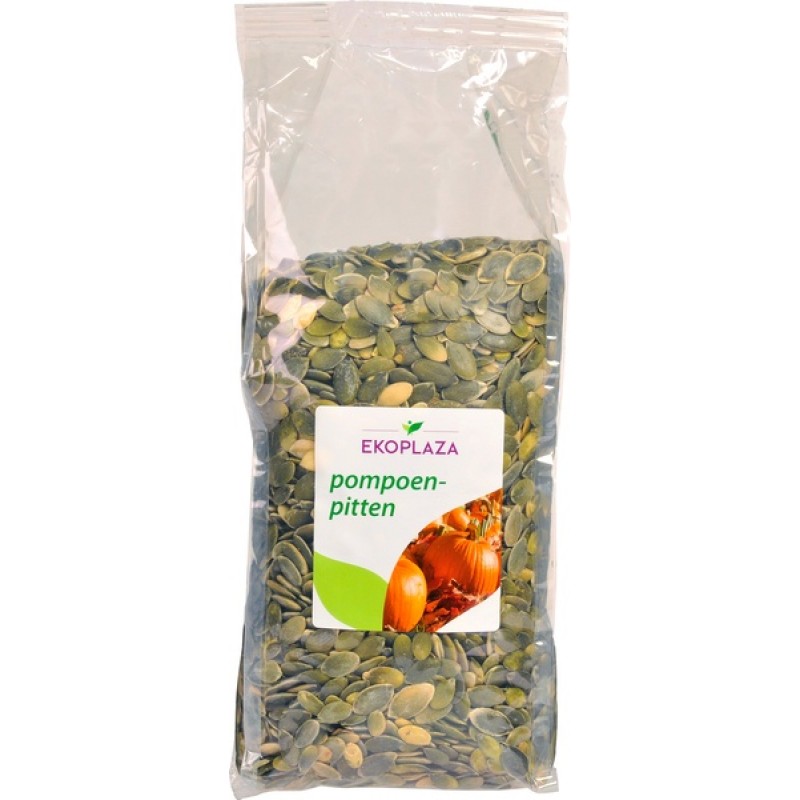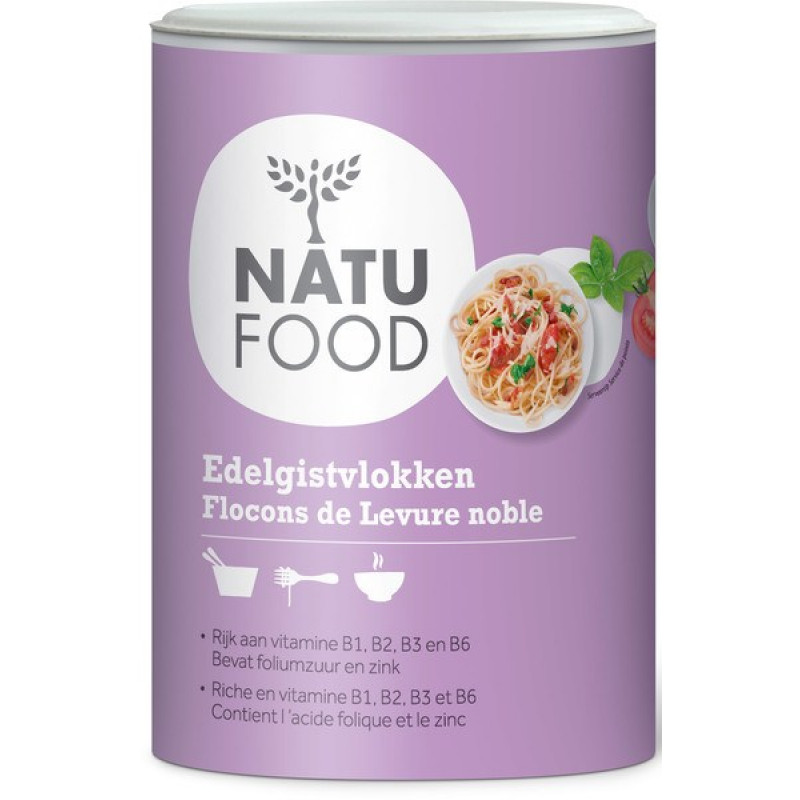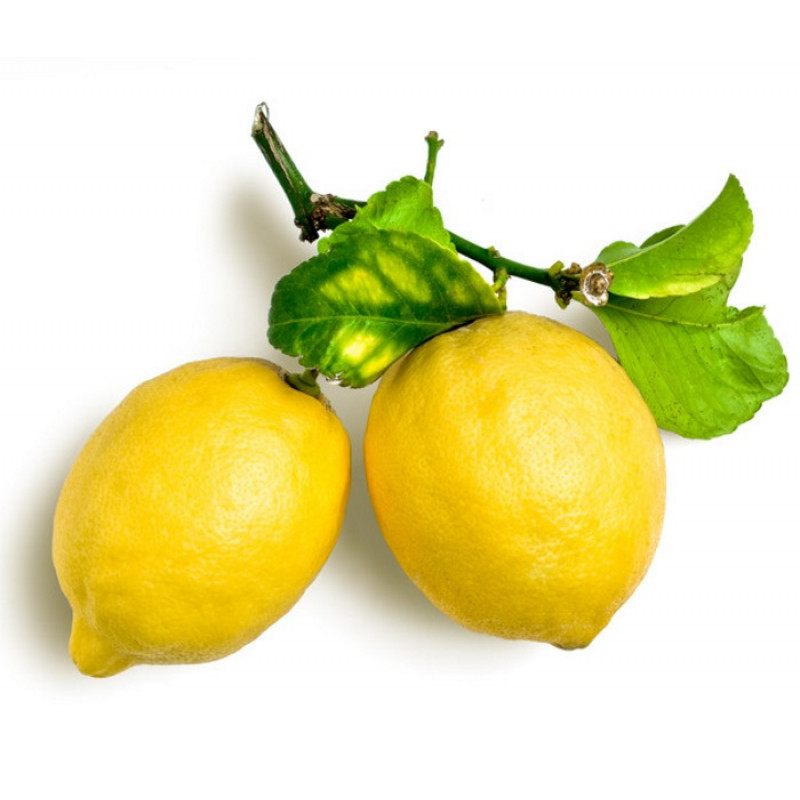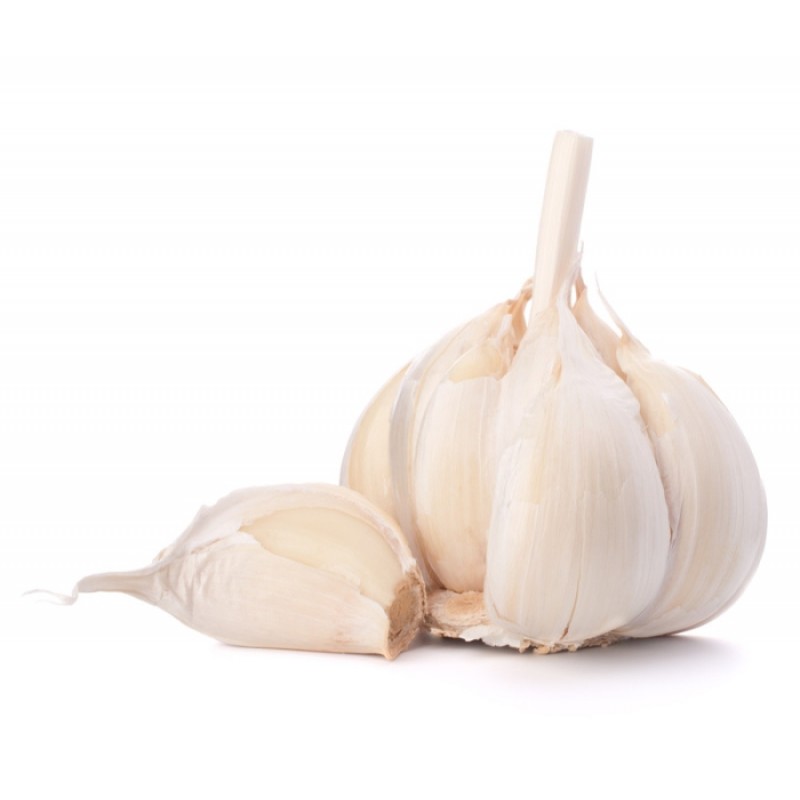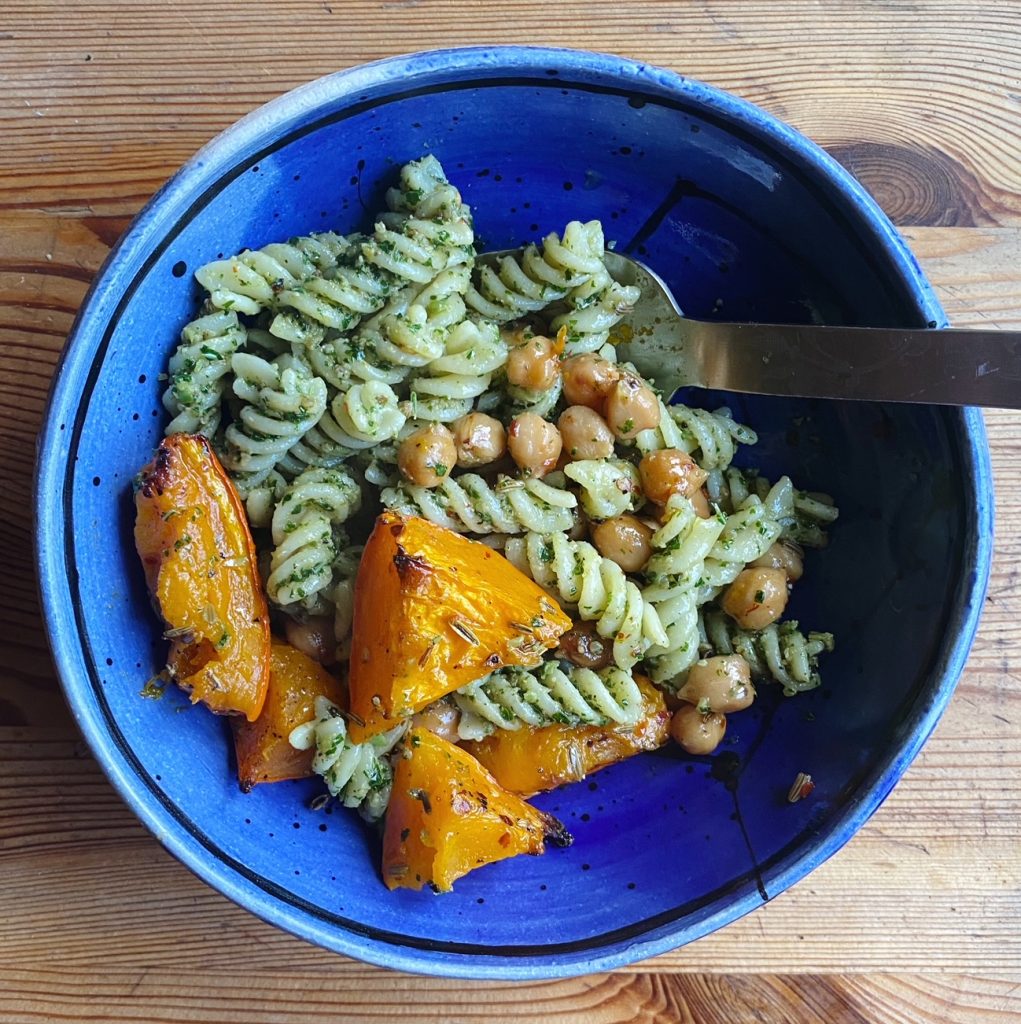
Lots of you have told us that you don’t like kale but wish you did so you could enjoy the many health benefits of this mighty, Irish green. Here’s how we get our kids to eat loads of it, in pesto! If we have fresh herbs in the house we mix those in too for extra flavour. Doesn’t have to be basil either, you could make kale/parsley pesto or kale/dill pesto etc to go with whatever you are making for dinner. Here’s our basic pesto recipe which you can tweak to your liking. Pesto pasta is a quick, mid-week staple in our house and we love to top it with seasonal vegetables and chickpeas – this week’s pumpkin with chilli and fennel seeds was particularly delicious, find the recipe below.
Liz x
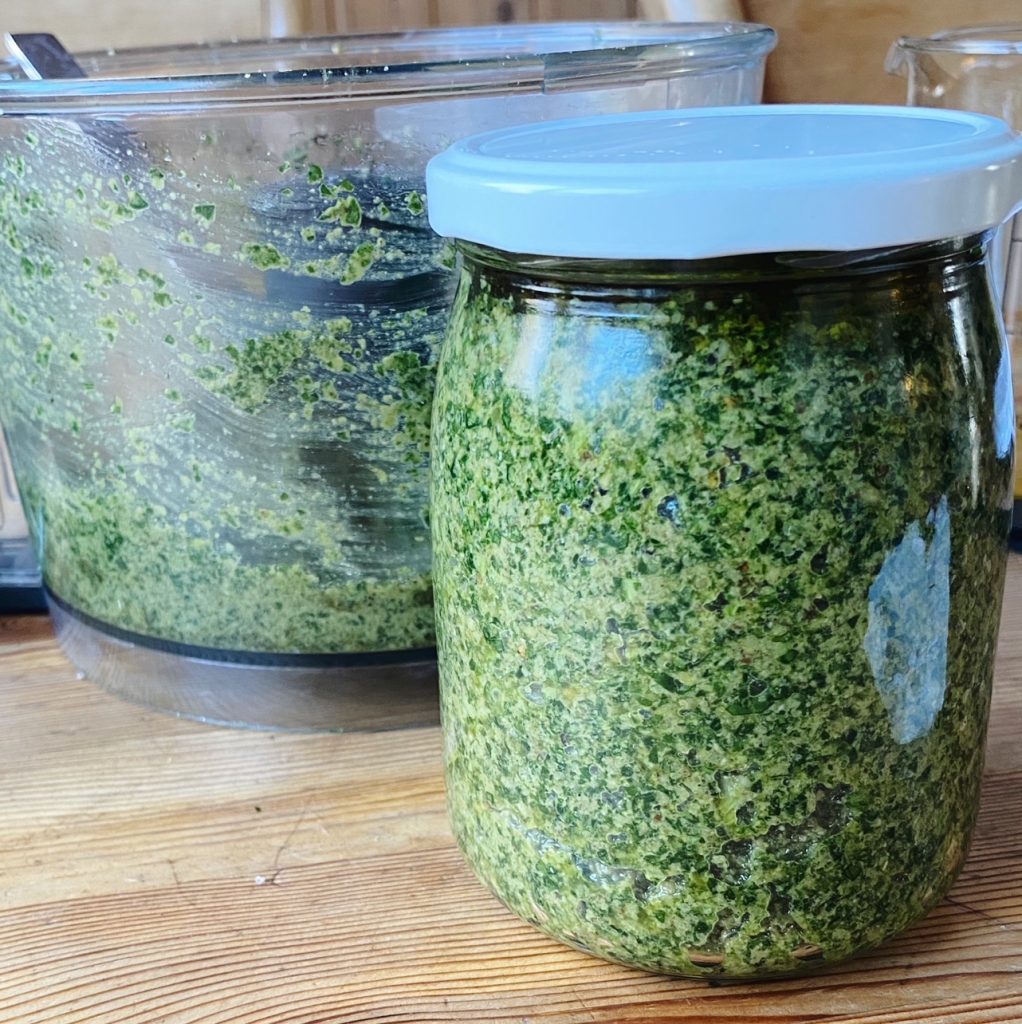
Ingredients (serves 4)
For the pesto:
- 100g nuts/seeds (toasted for extra flavour)
- 1 clove of garlic
- a big pinch of salt
- 2 tbsp nutritional yeast (for cheesy flavour – you could sub with hard cheese or leave it out if you like)
- 100g greens (kale/spinach/fresh herbs) – washed and shaken dry
- 100ml olive oil (plus extra for topping off the jar)
- the zest & juice of 1/2 a lemon
Pumpkin & Chickpea topping:
- 1/2 a kuri squash or butternut squash (seeds scooped out and flesh cut into bite sized chunks – you can leave the skin on)
- 1 tin of chickpeas, drained
- 2 tbsp olive oil
- salt and pepper to taste
- 1 tsp chilli flakes
- 2 tsp fennel seeds
- cooked pasta and an extra drizzle of olive oil to serve
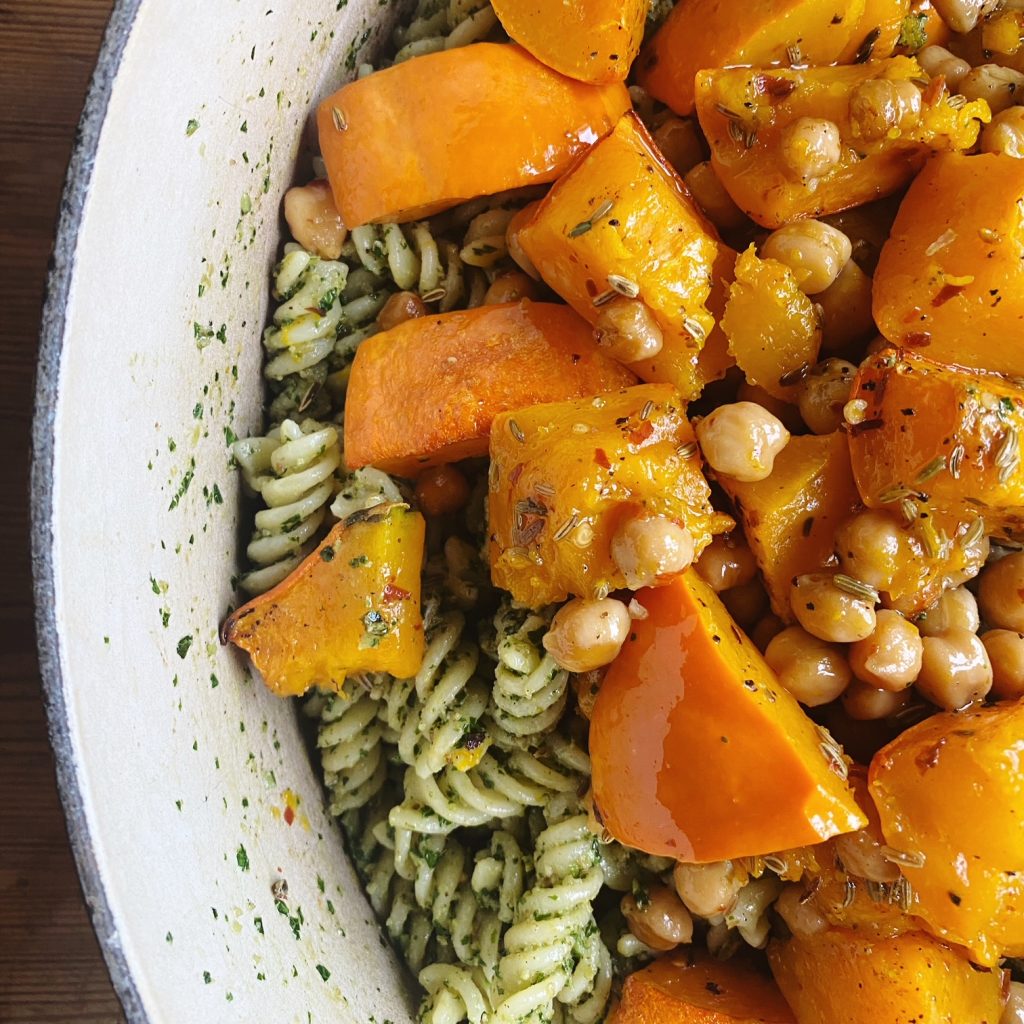
Method
- Pre-heat your oven to 200C. Toss the chickpeas and pumpkin in a baking dish with the olive oil, salt, pepper, chilli flakes and fennel seeds, mix well. Place the dish in the oven to roast while you boil pasta and make the pesto – around 20 minutes or until the pumpkin is soft.
- In a food processor, pulse the nuts/seeds (we used toasted sunflower seeds here) with the garlic, salt and nutritional yeast until crumbly.
- Tear in half of the kale (stalks and all) and pulse again to roughly chop. Repeat with the other half of the kale.
- Then add the oil and lemon and blend into a pesto consistency. Taste and add more salt or lemon if needed.
- Drain your pasta and while it’s still hot, stir through a generous amount of the pesto, we usually go for a couple of heaped tbsp per person. Drizzle with extra olive oil if you like for more healthy fats and flavour. Serve the pasta in bowls topped with the spicy roasted pumpkin and chickpeas and enjoy!
- If you are not using all the pesto right away, spoon it into a clean jar and protect the top from air with a little layer of olive oil. Lid on and store in the fridge. Enjoy within a week – stirred through pasta, spread into sandwiches, tossed through boiled potatoes or steamed greens…
